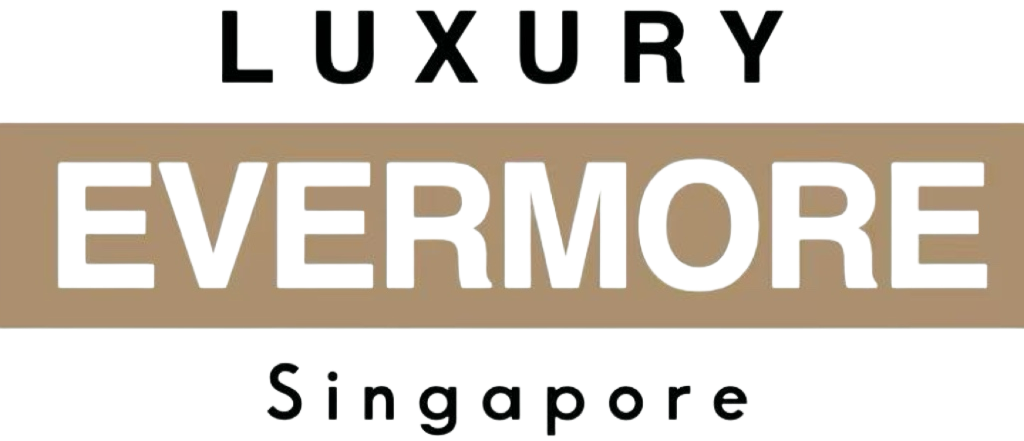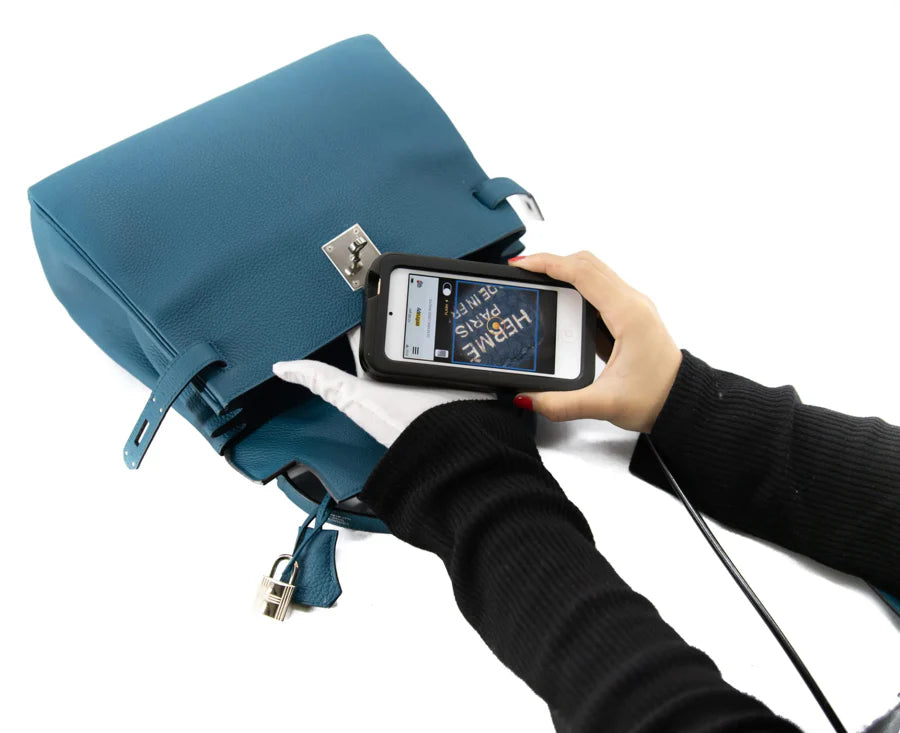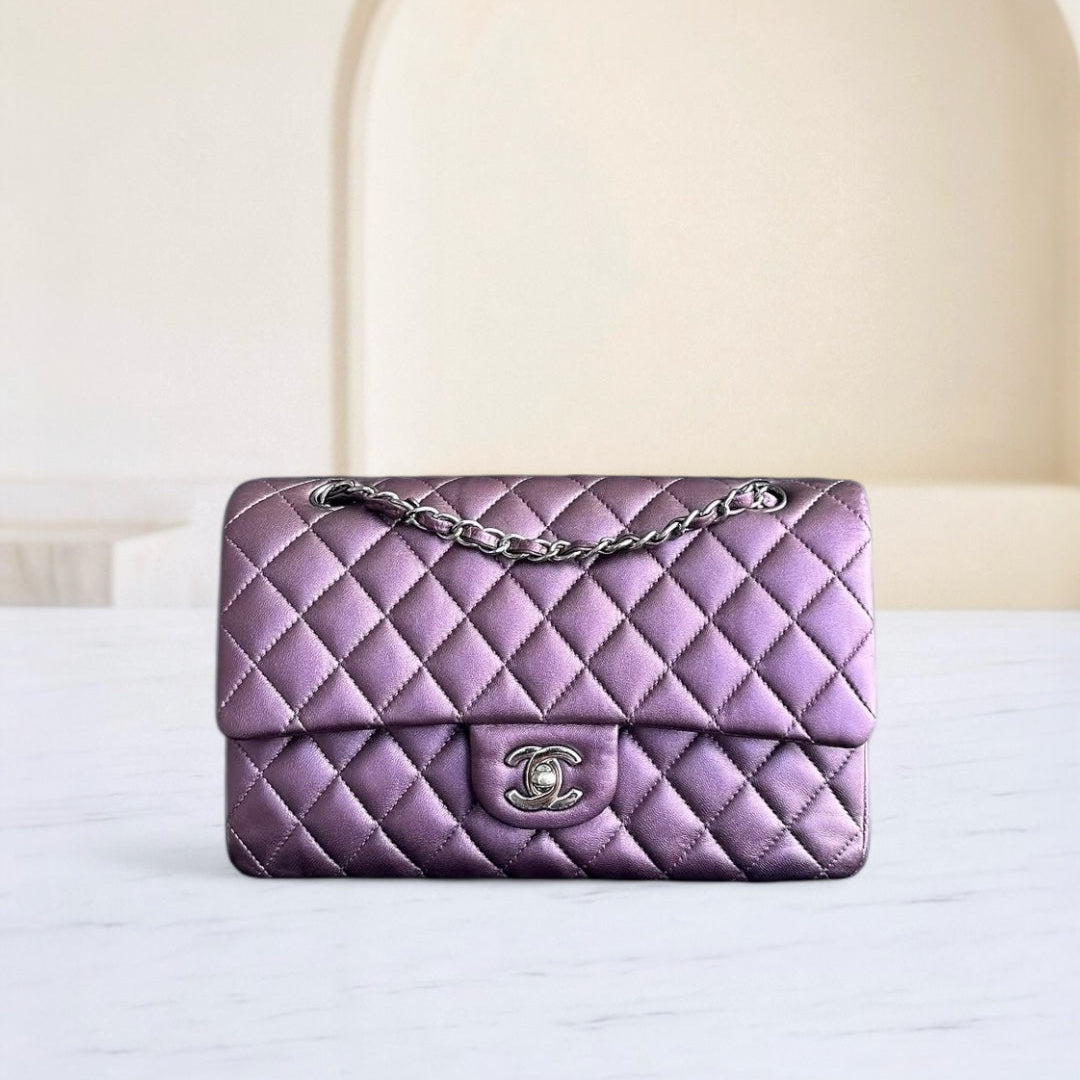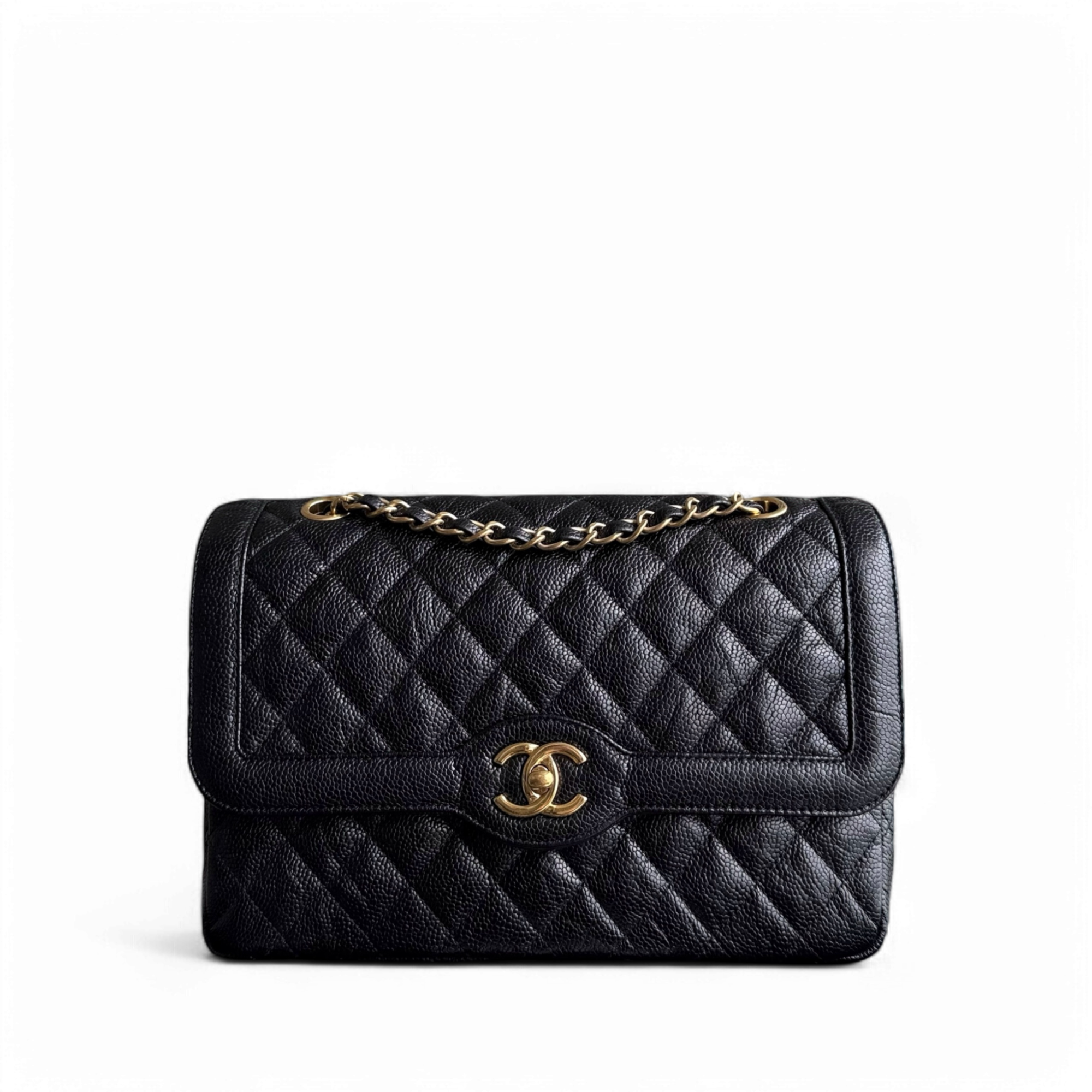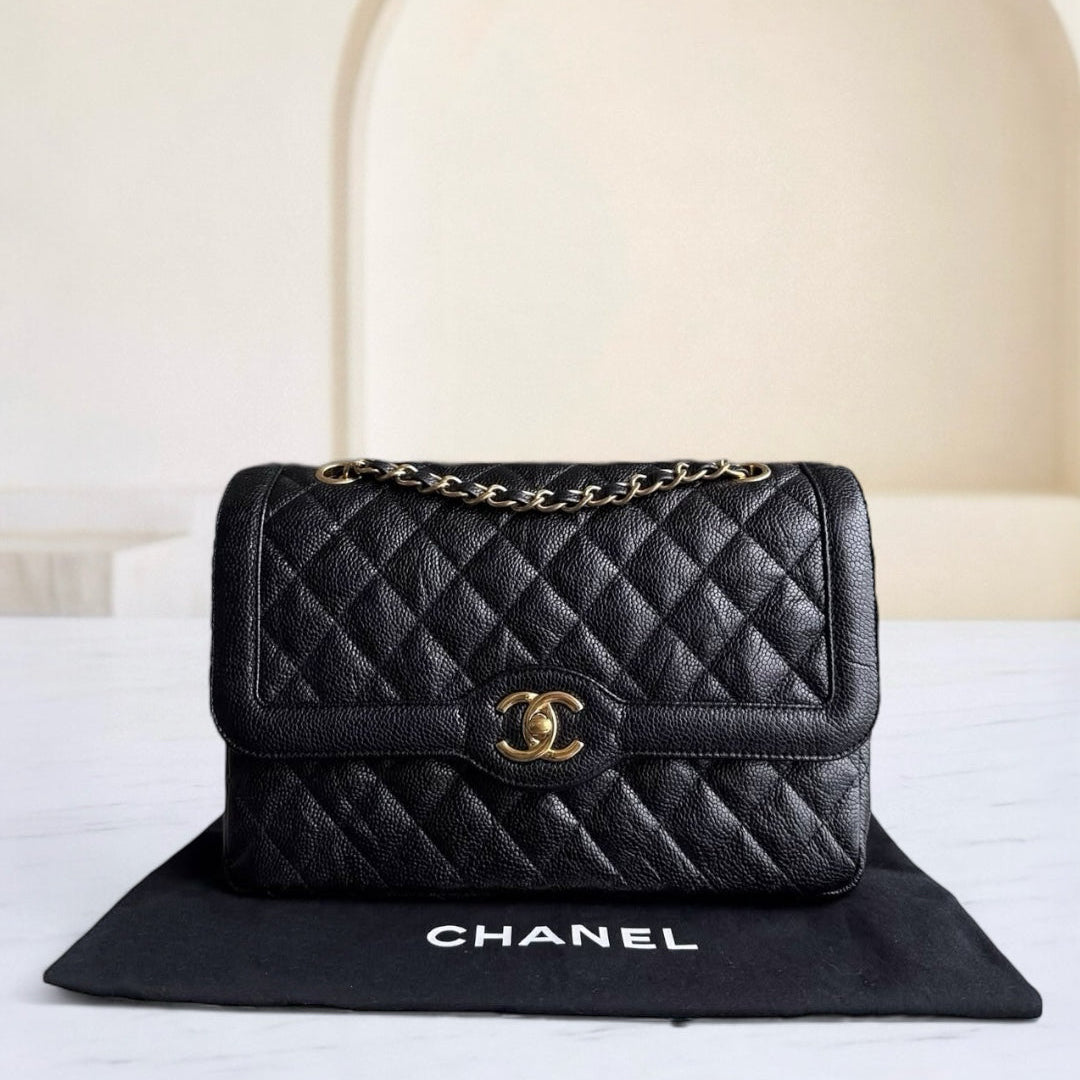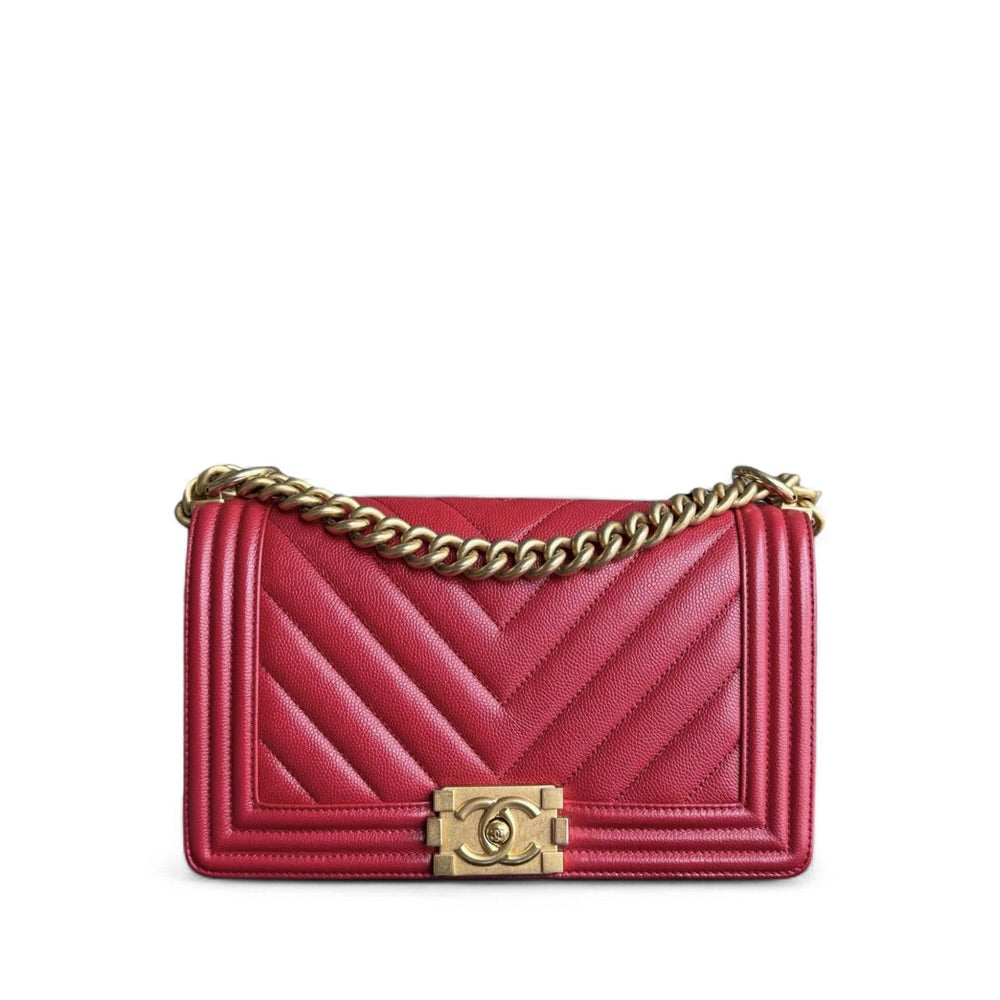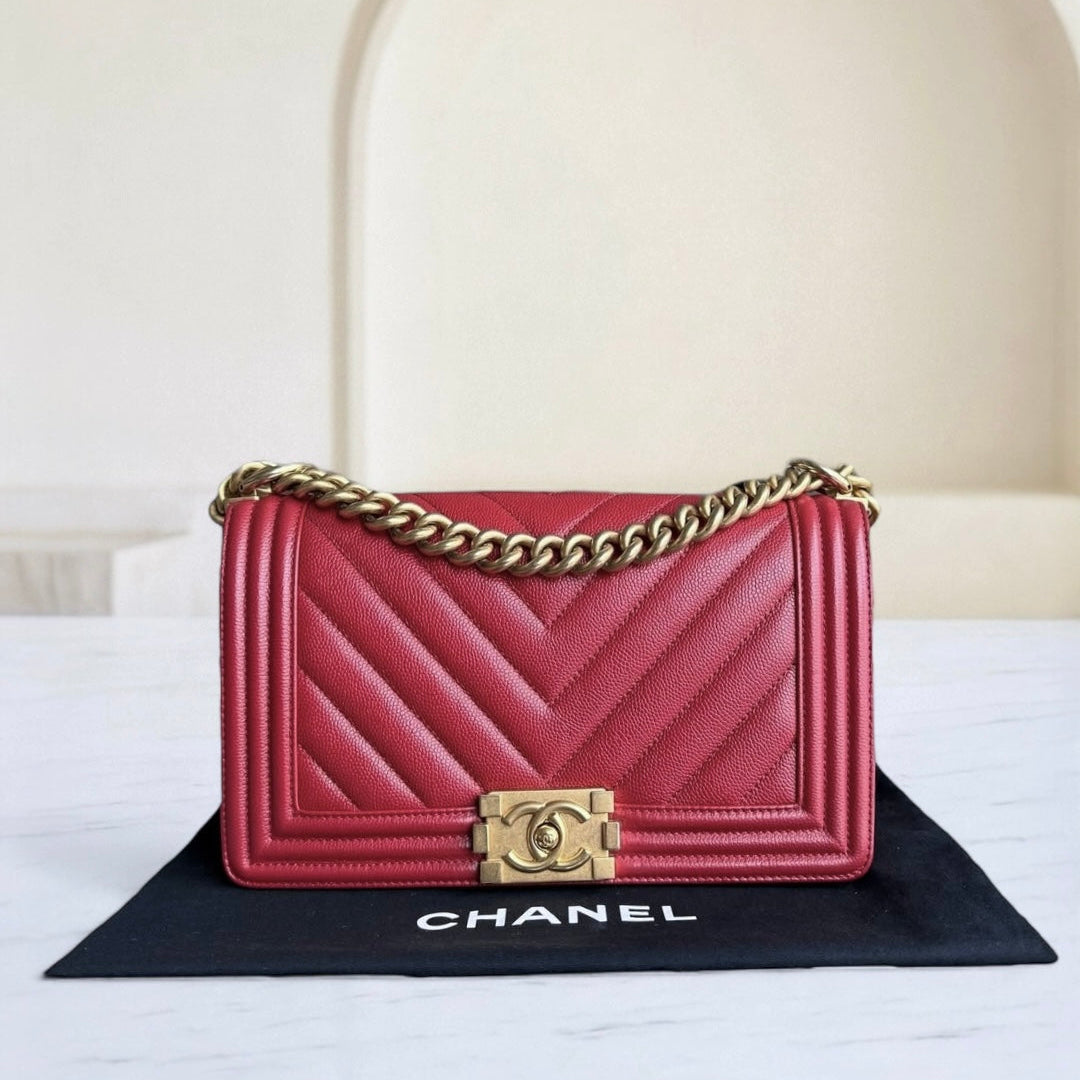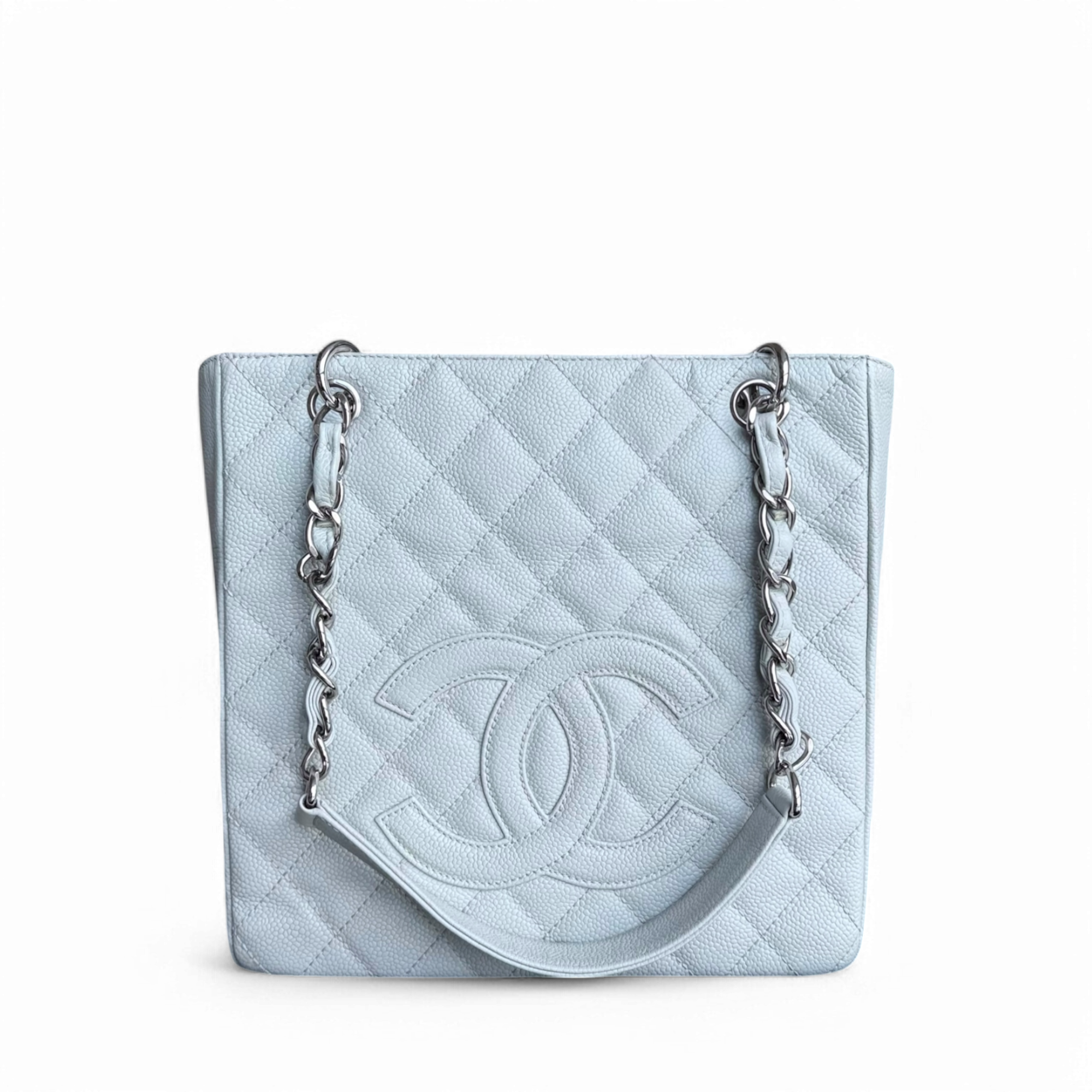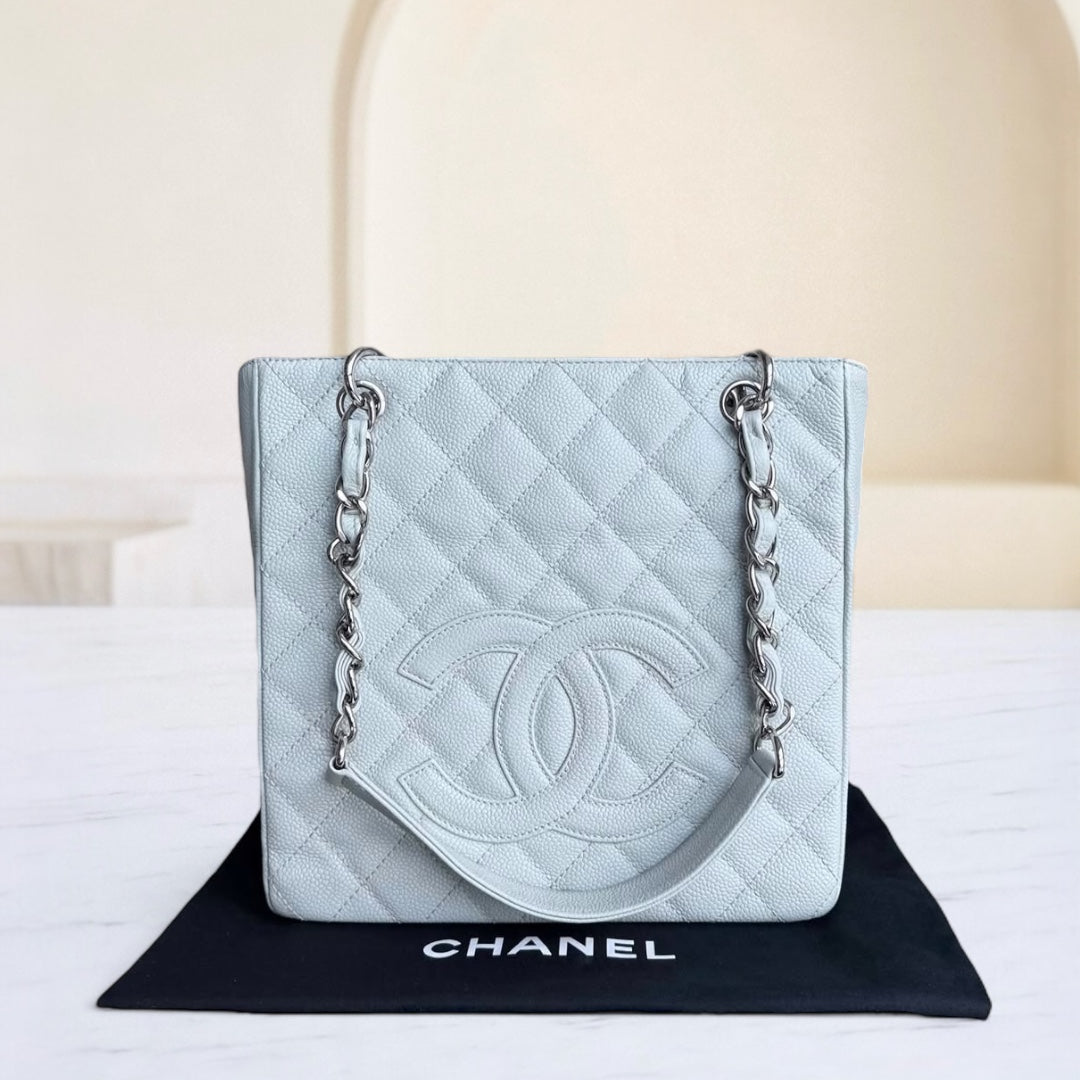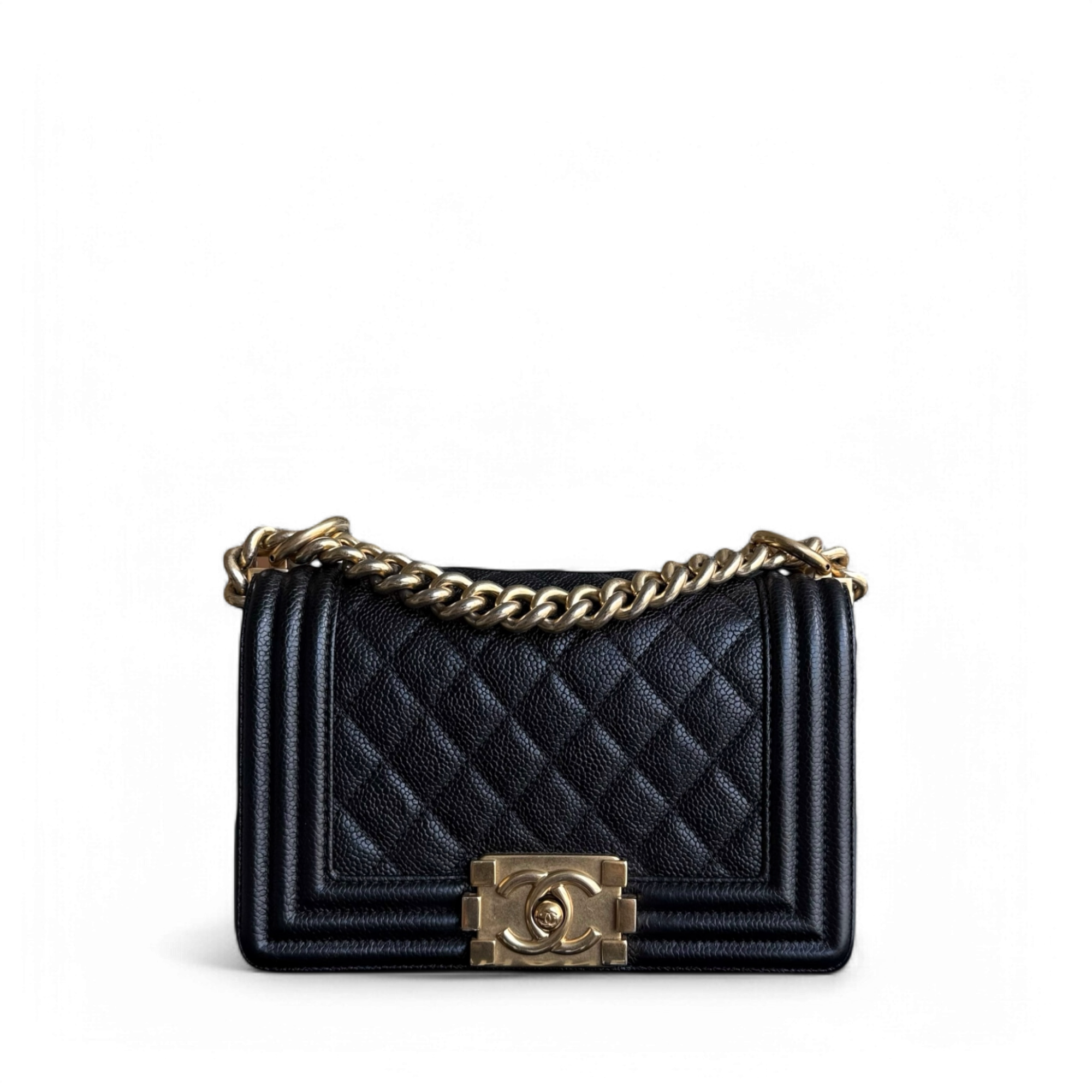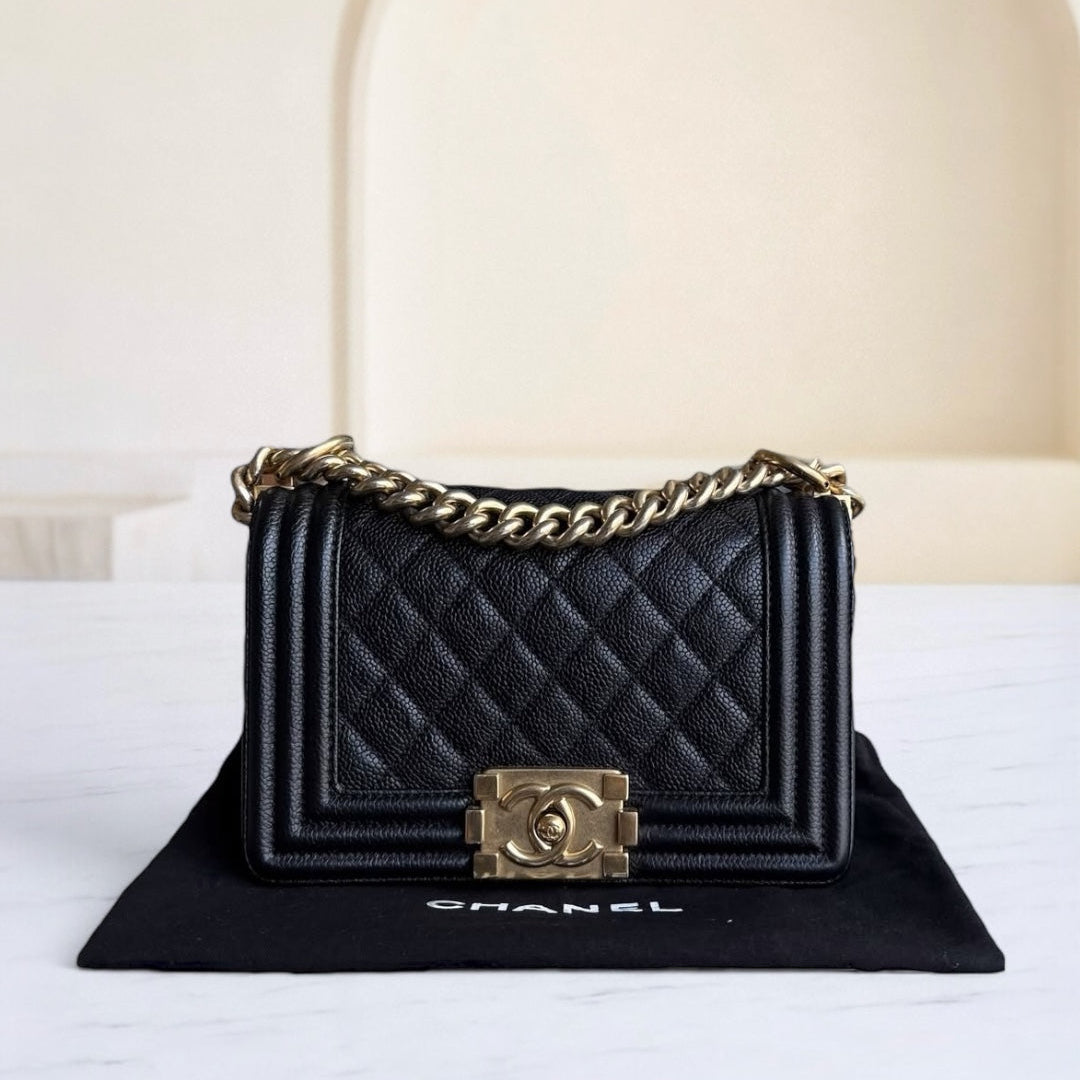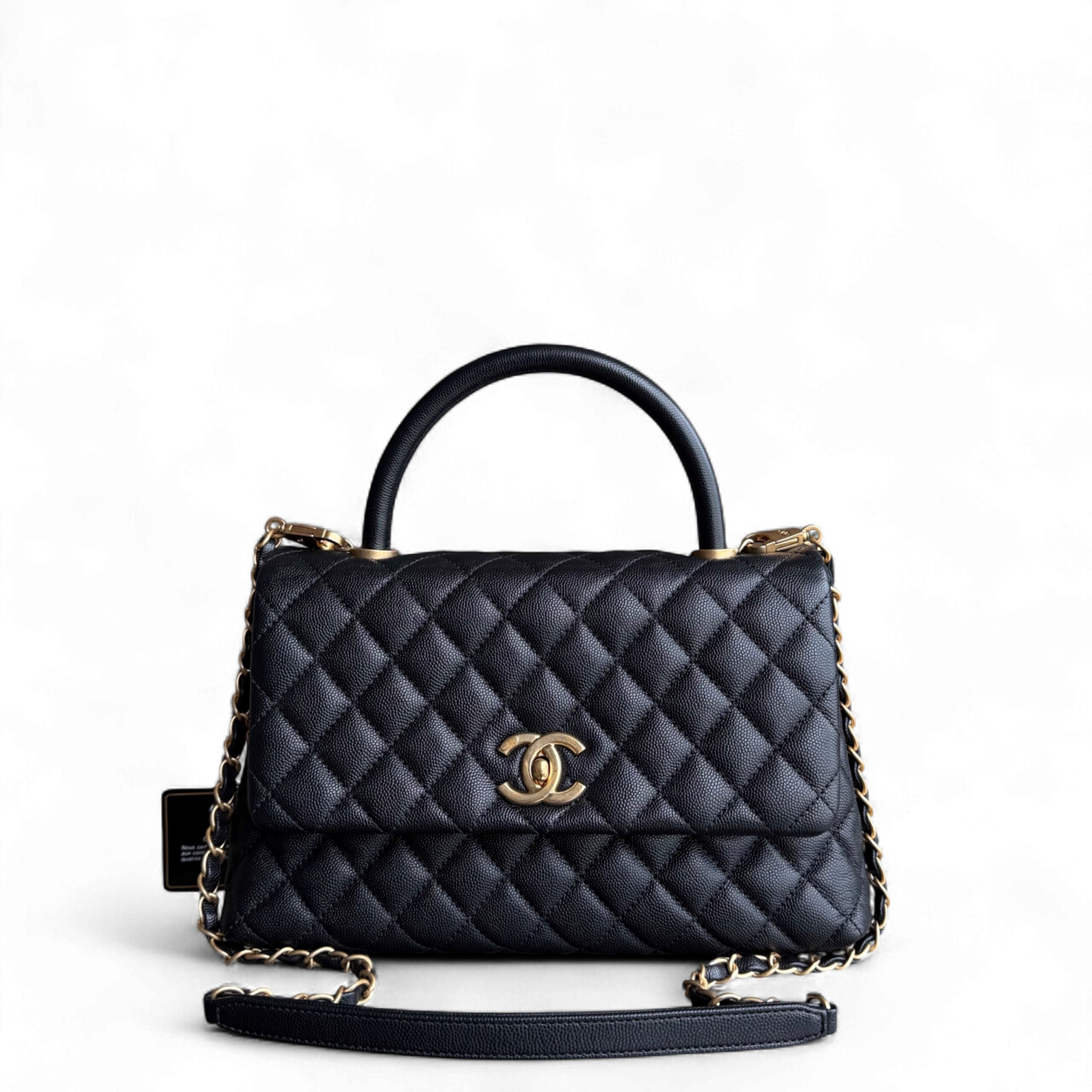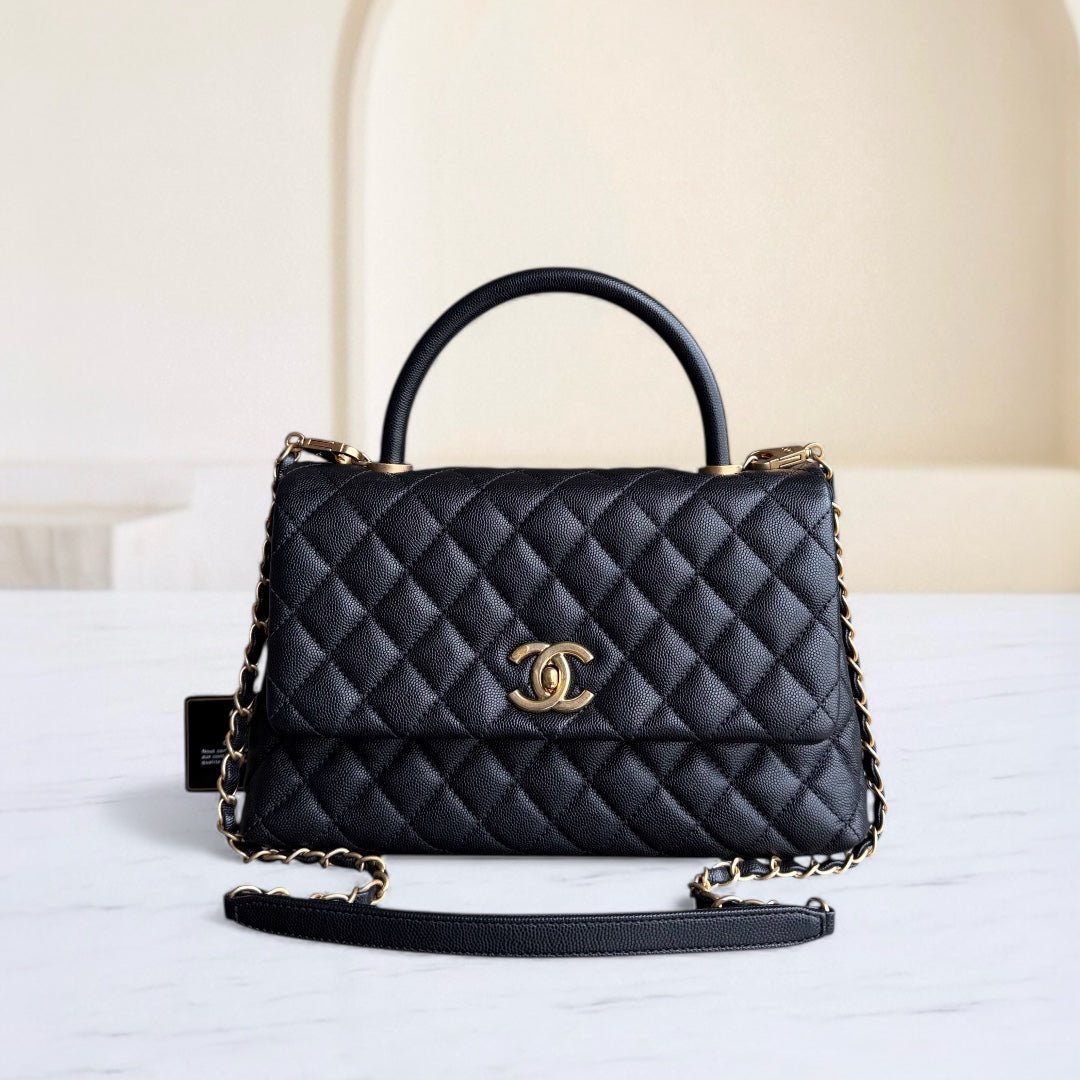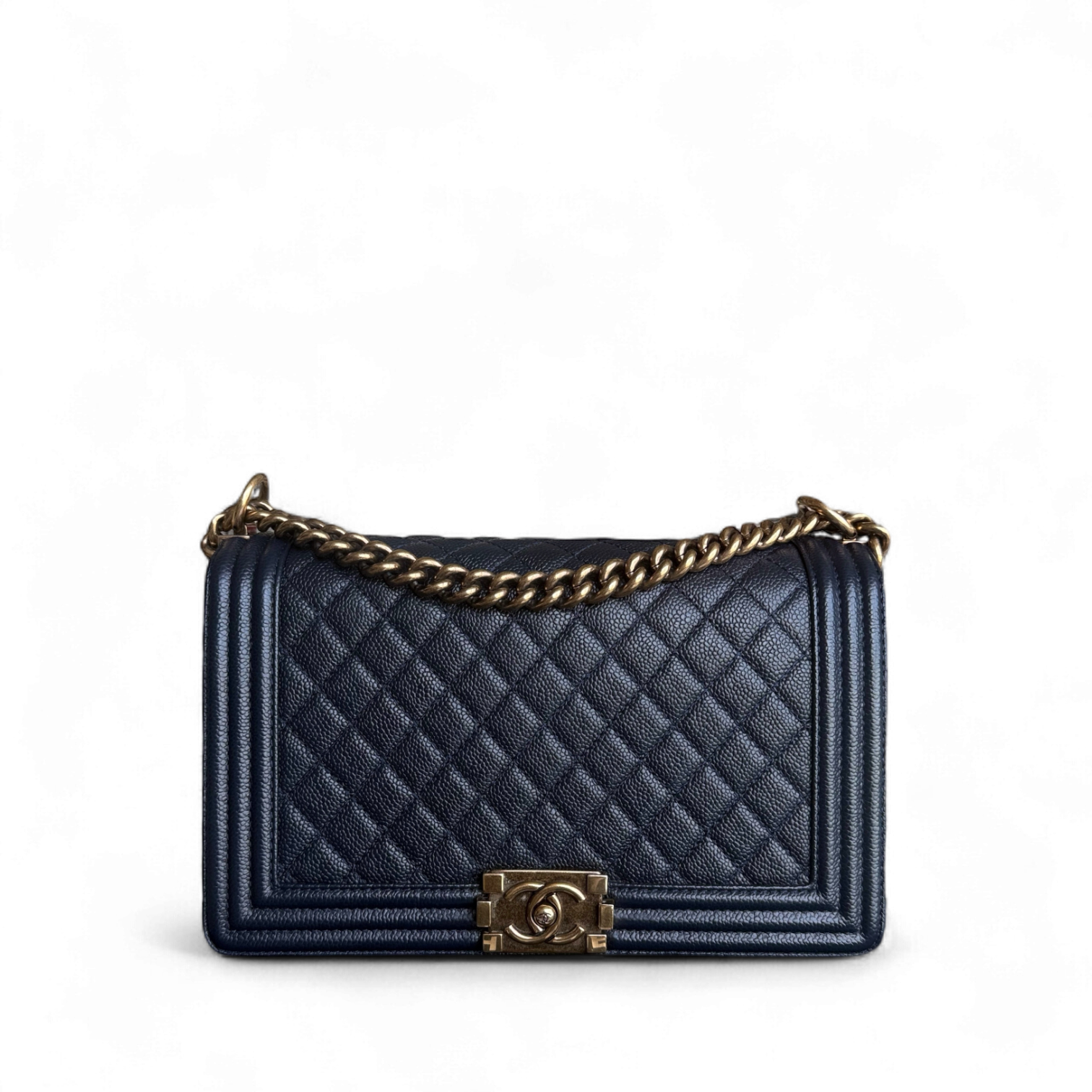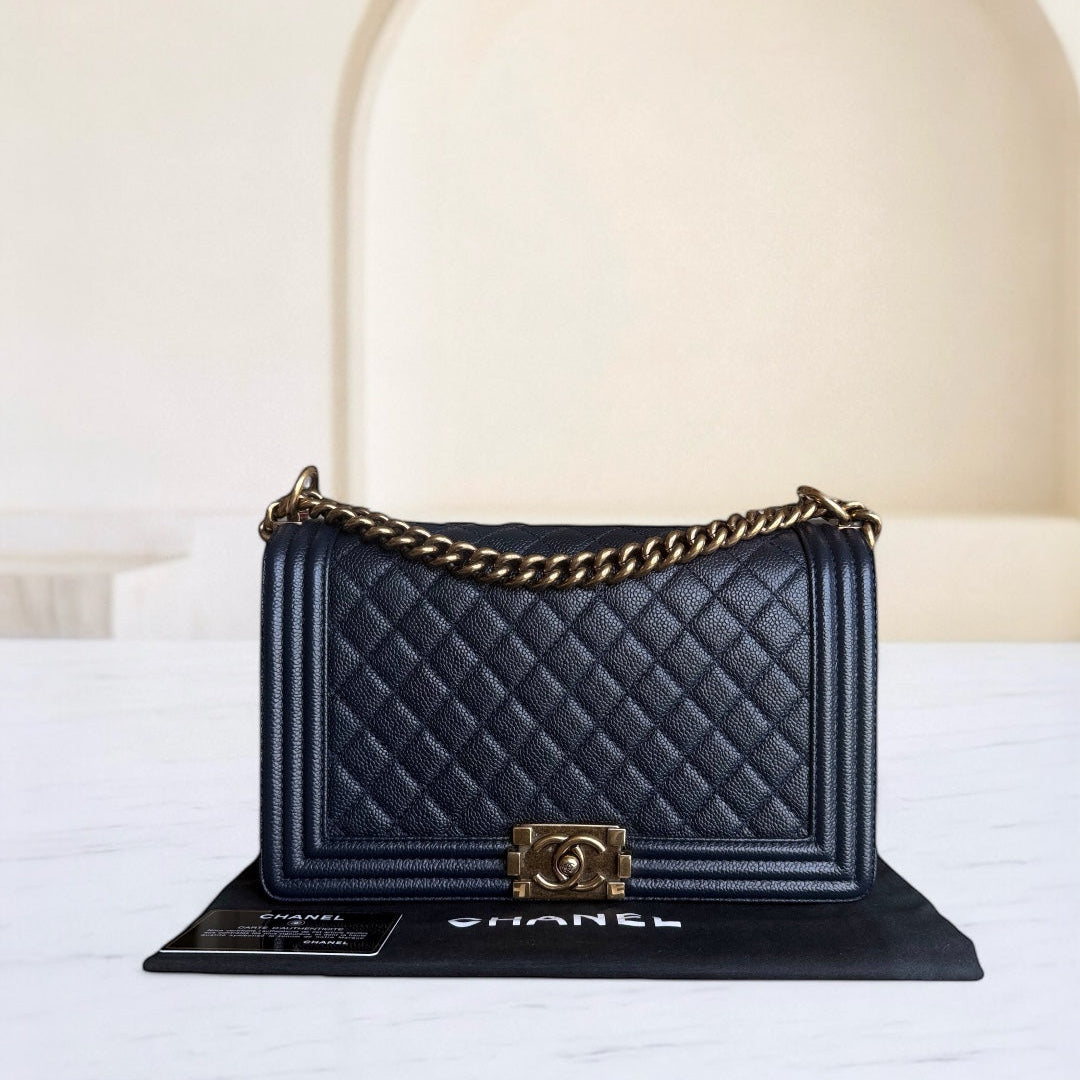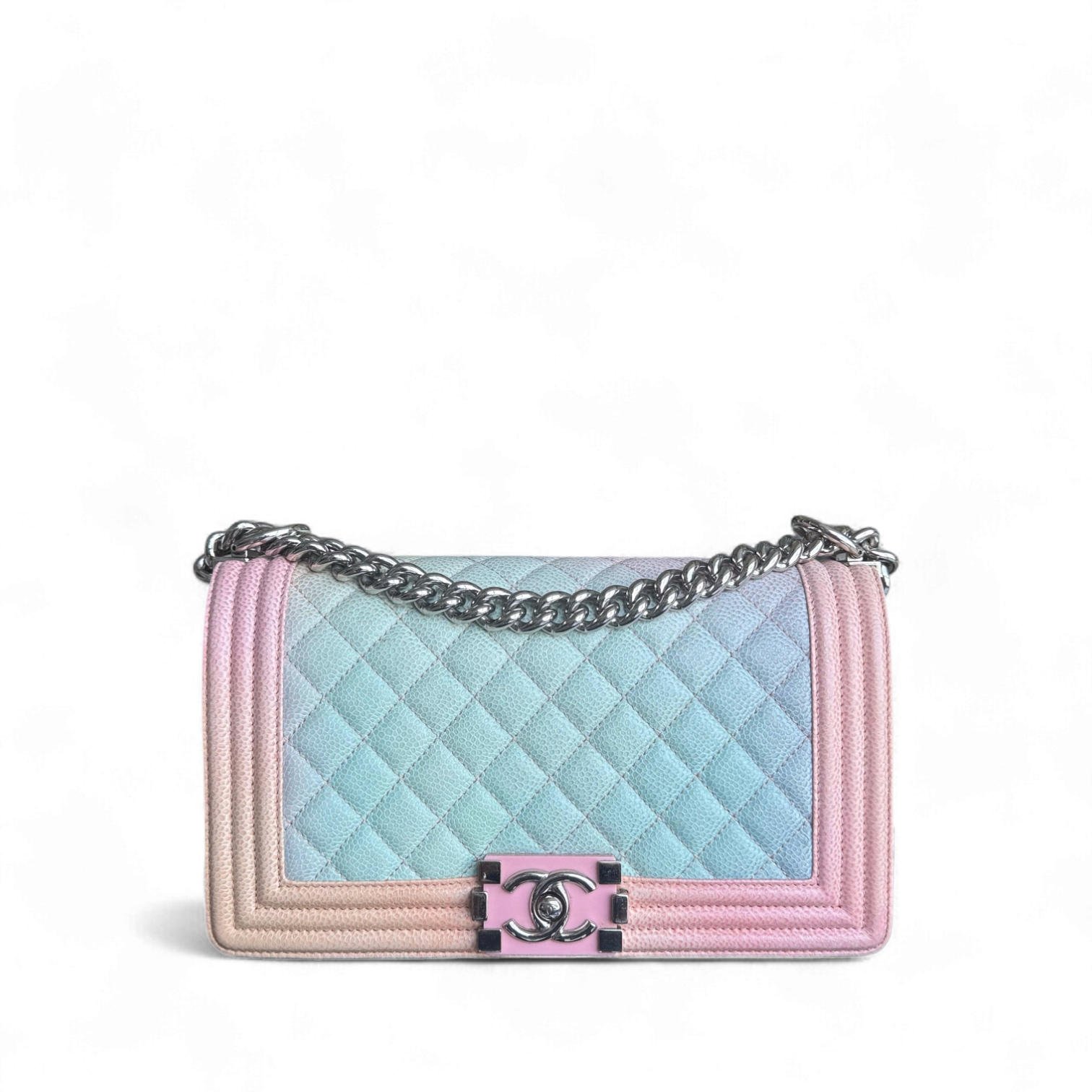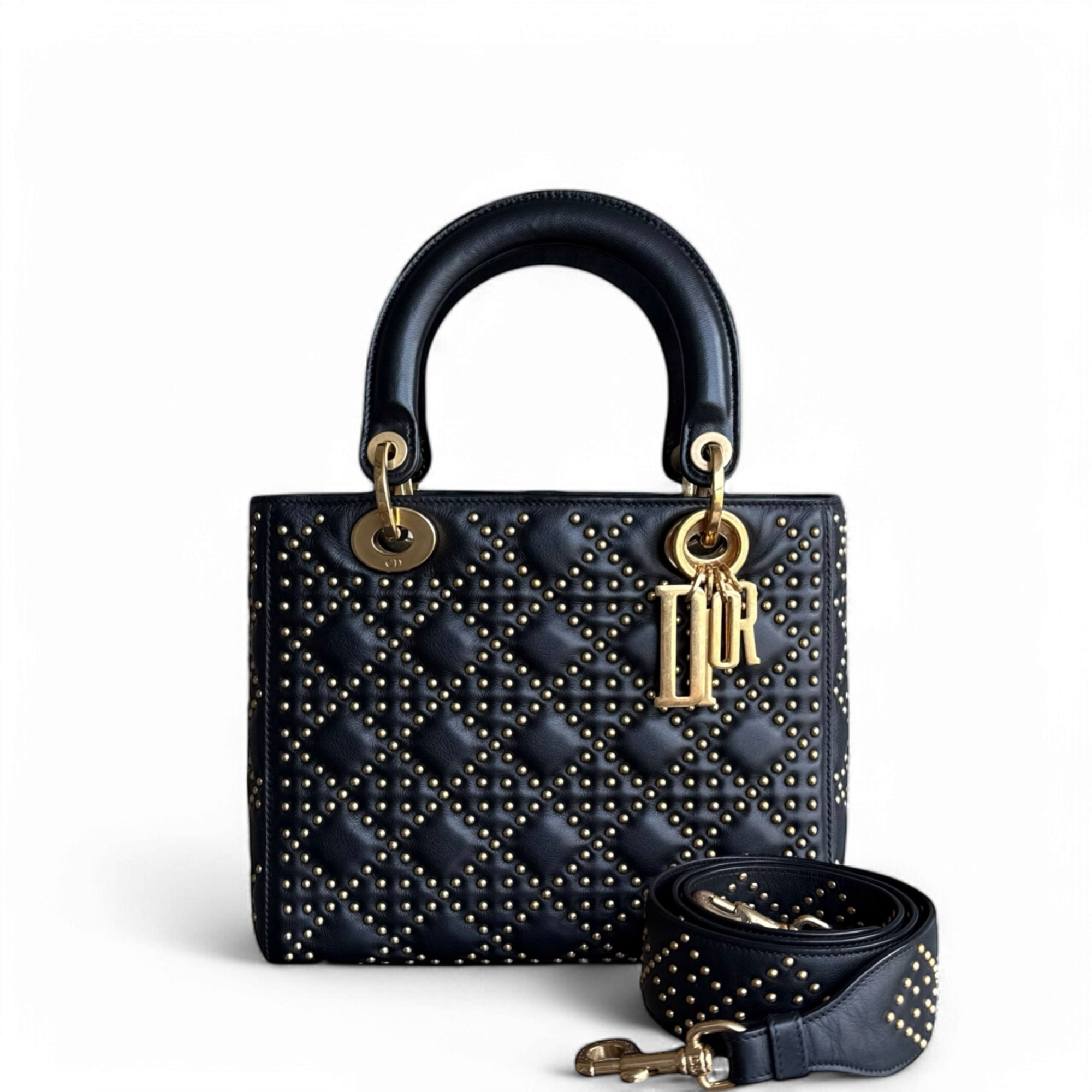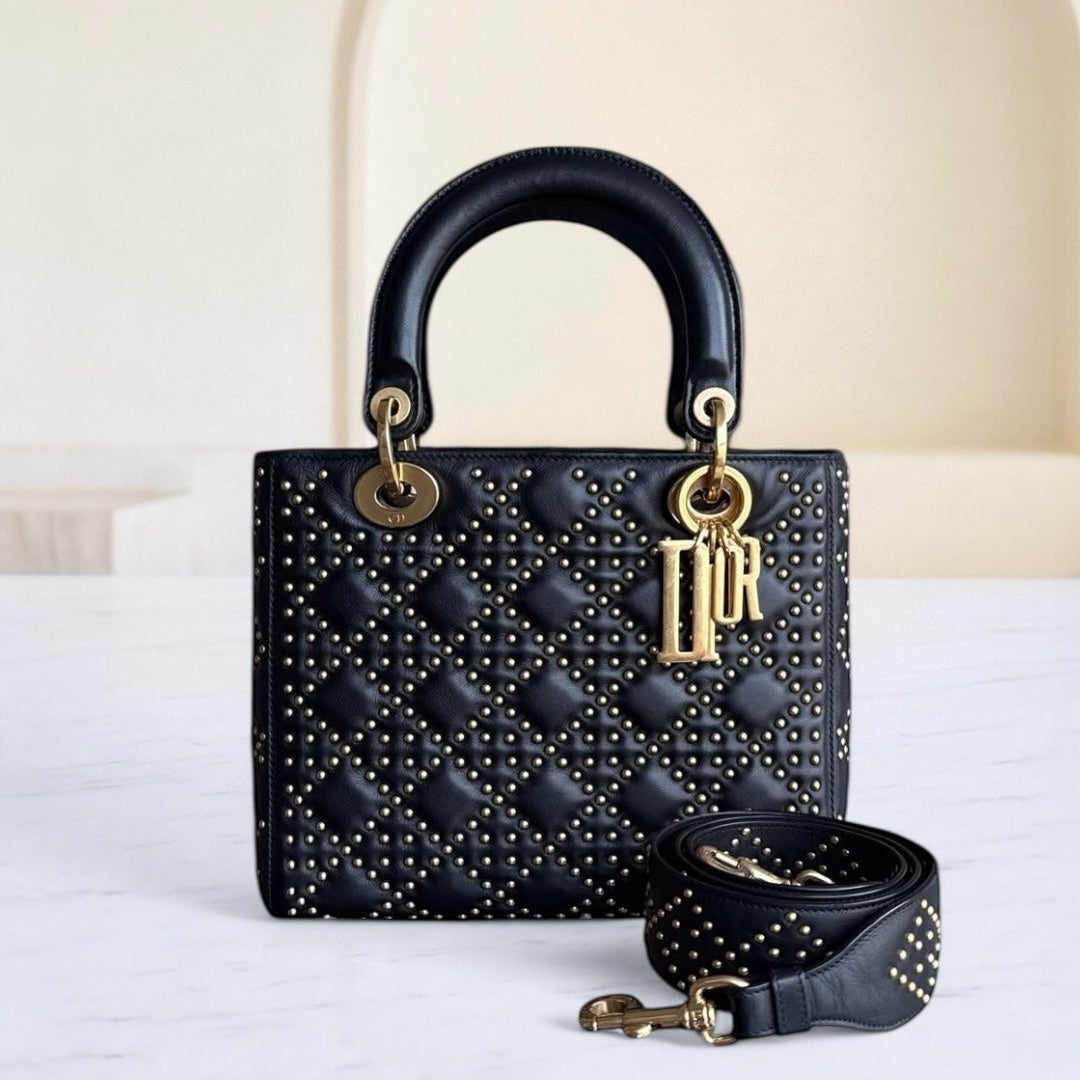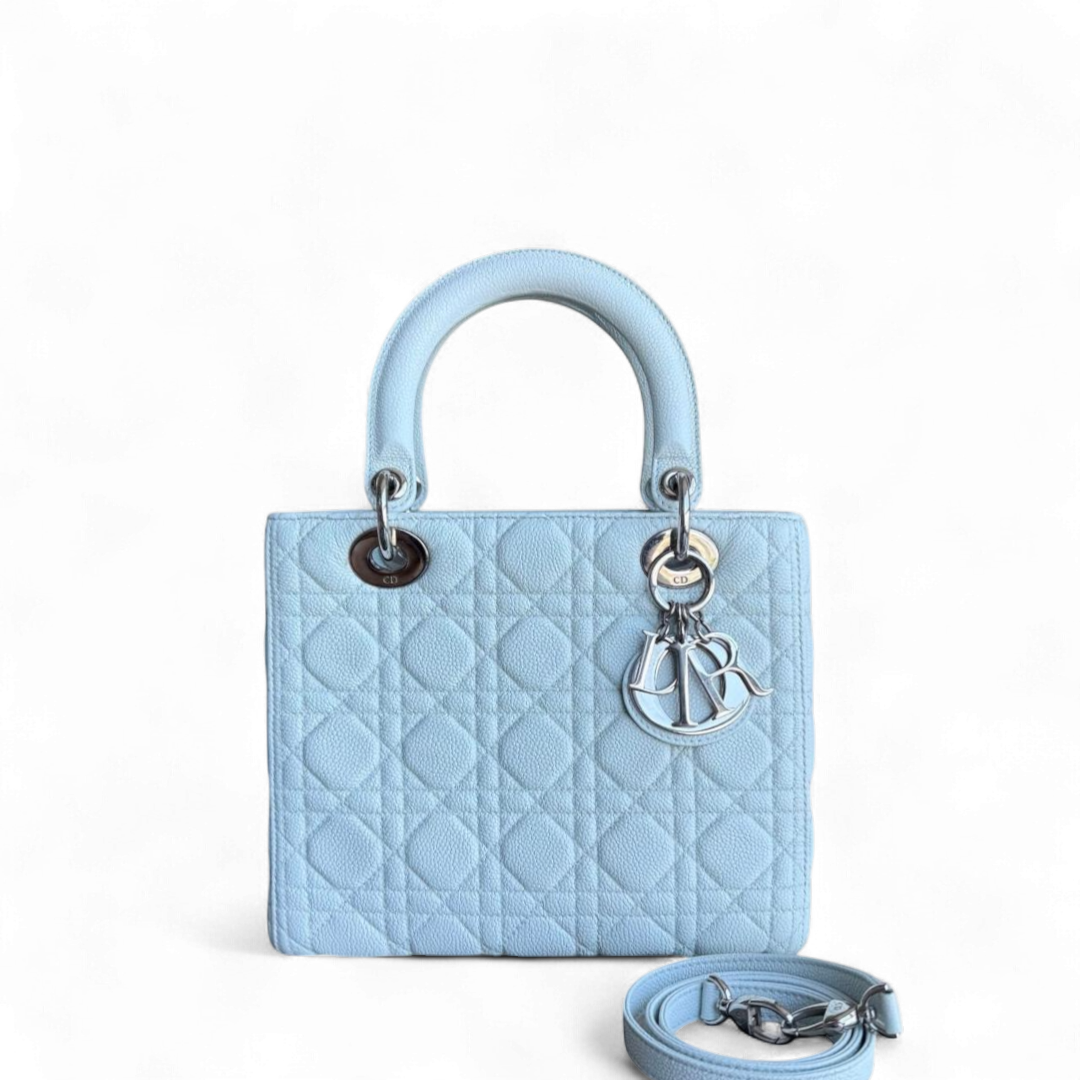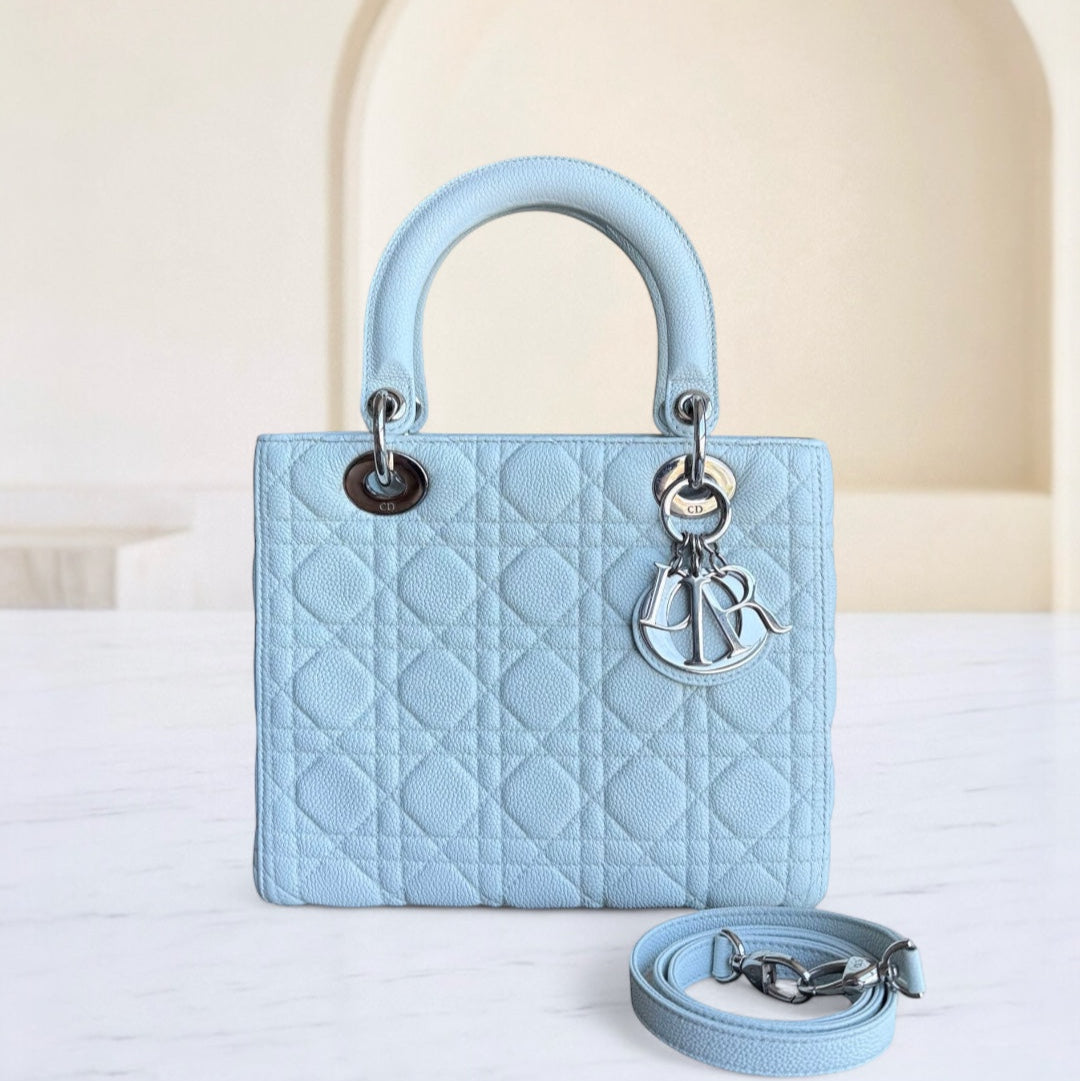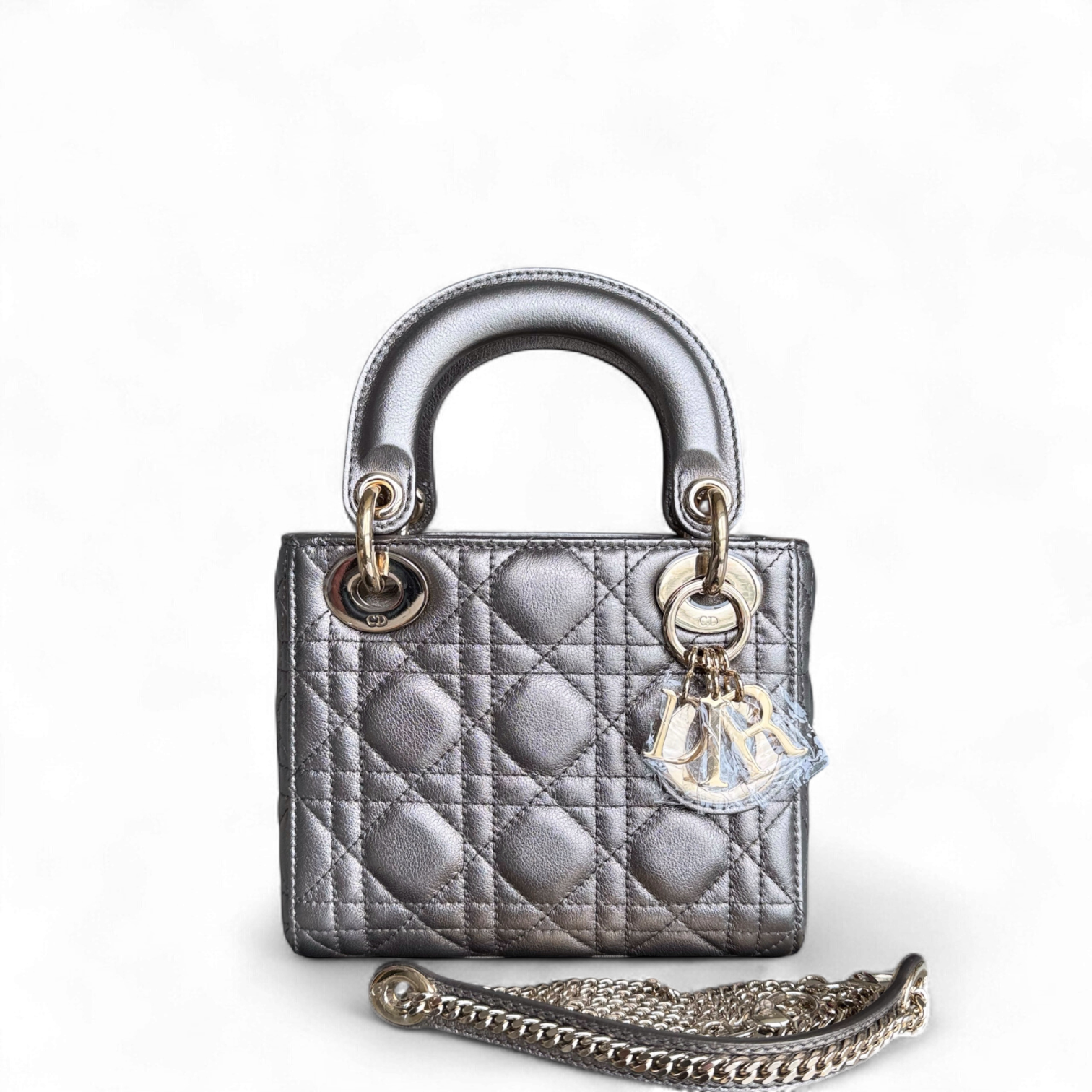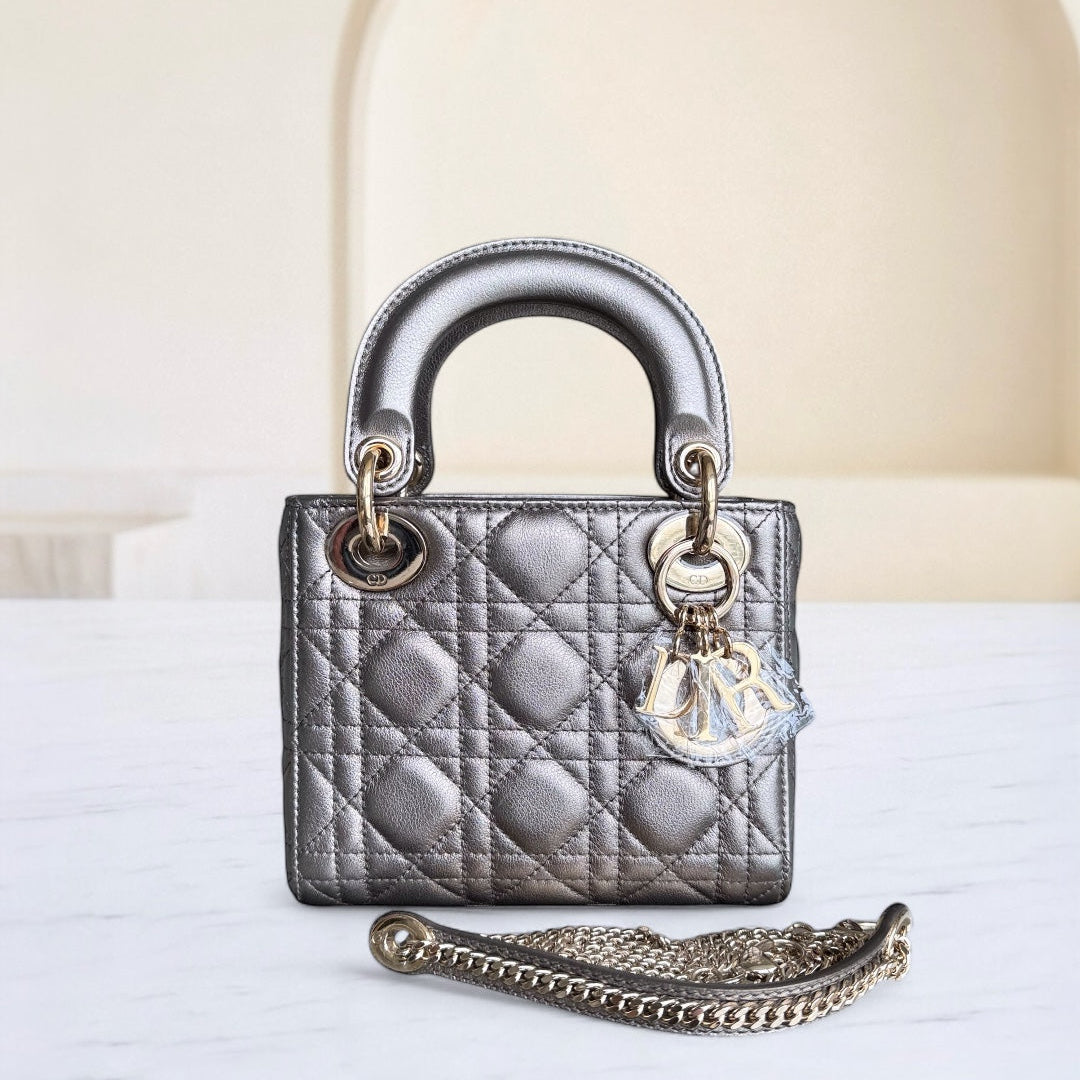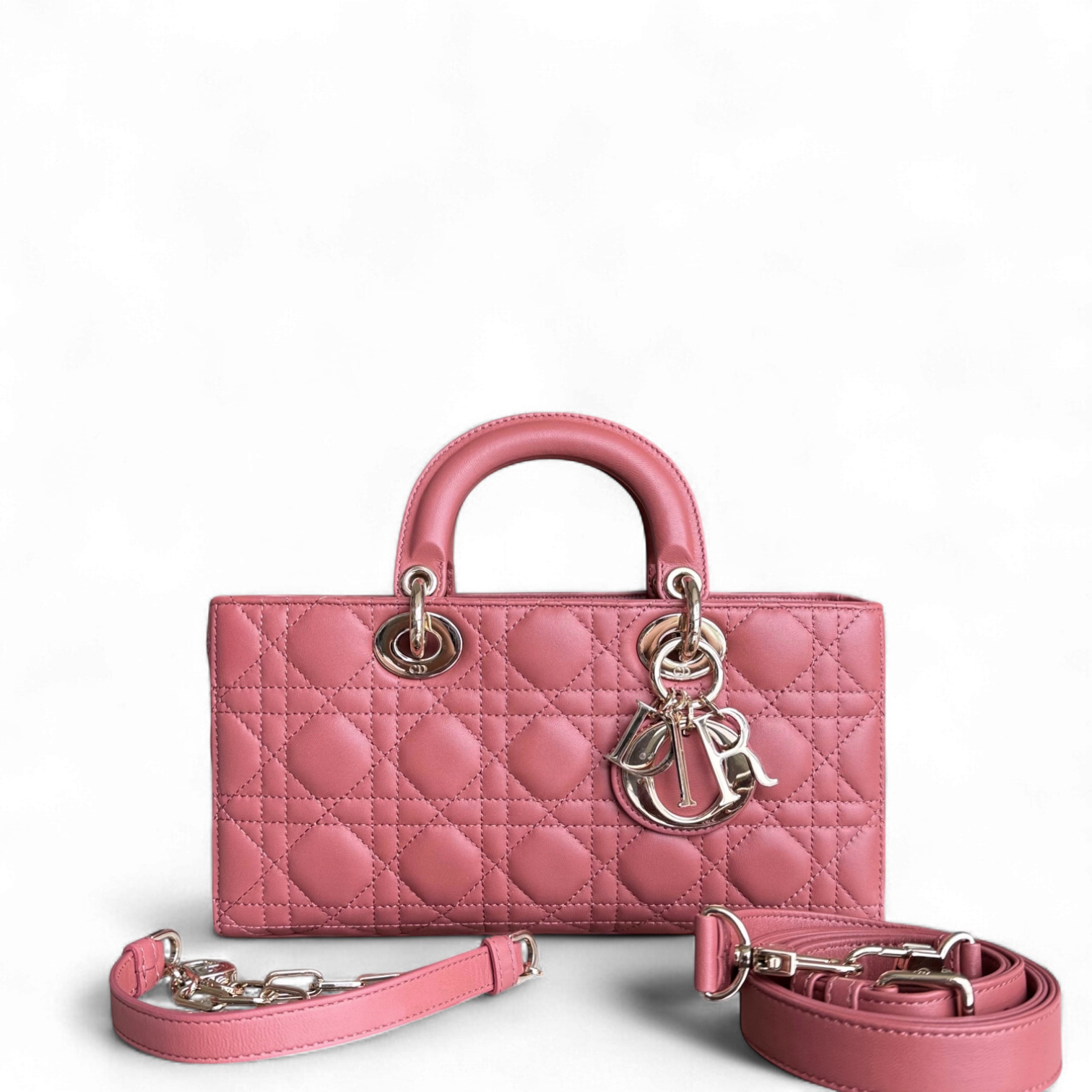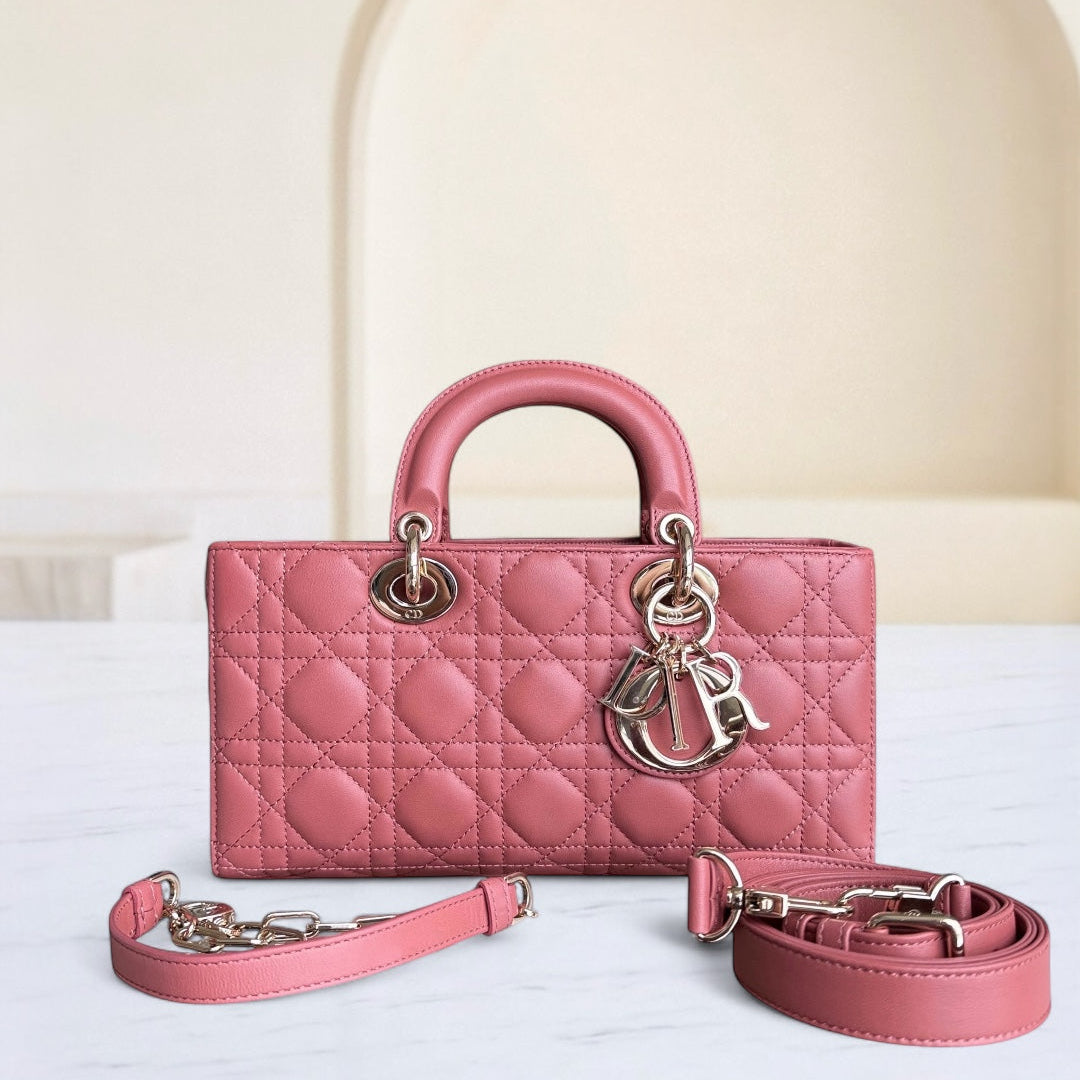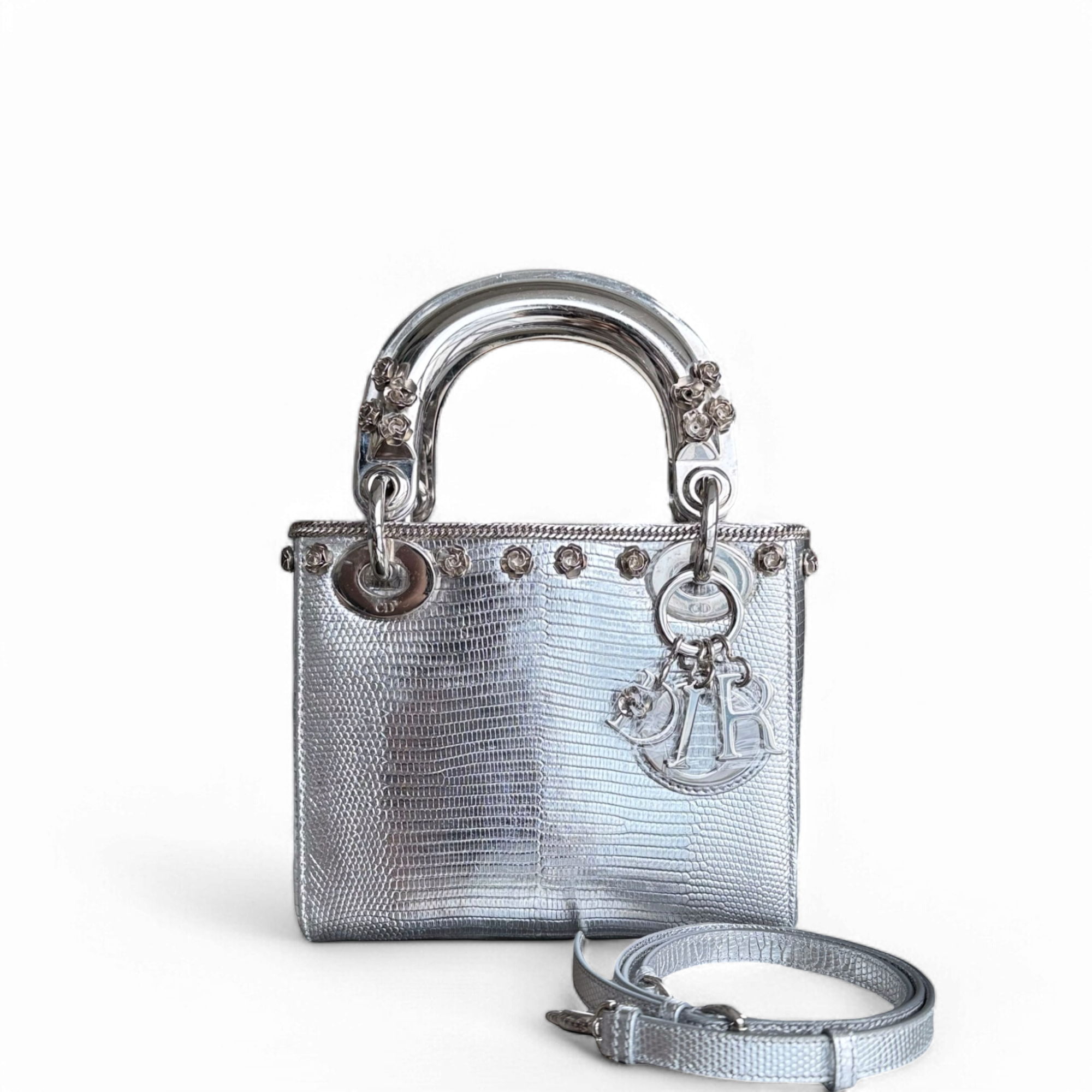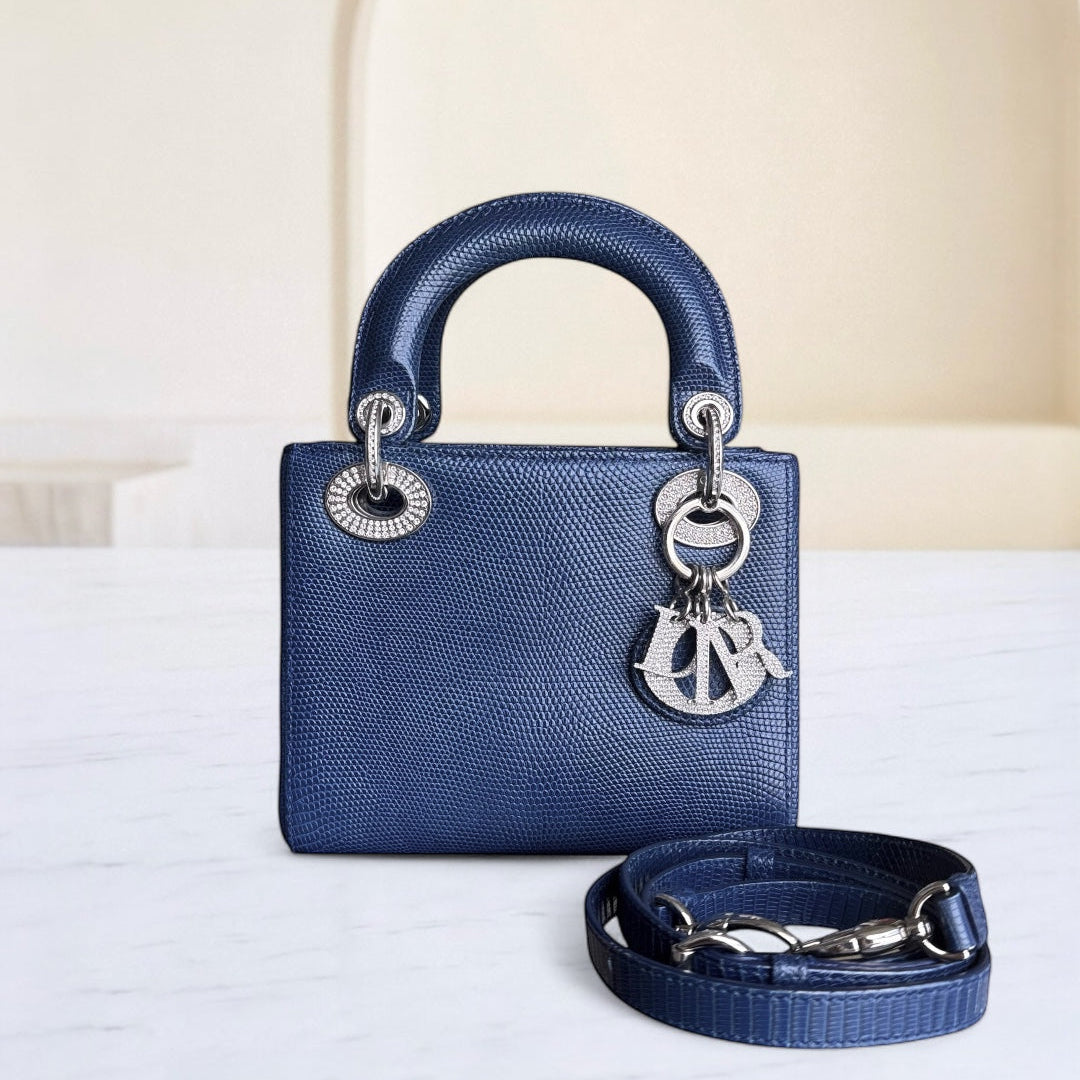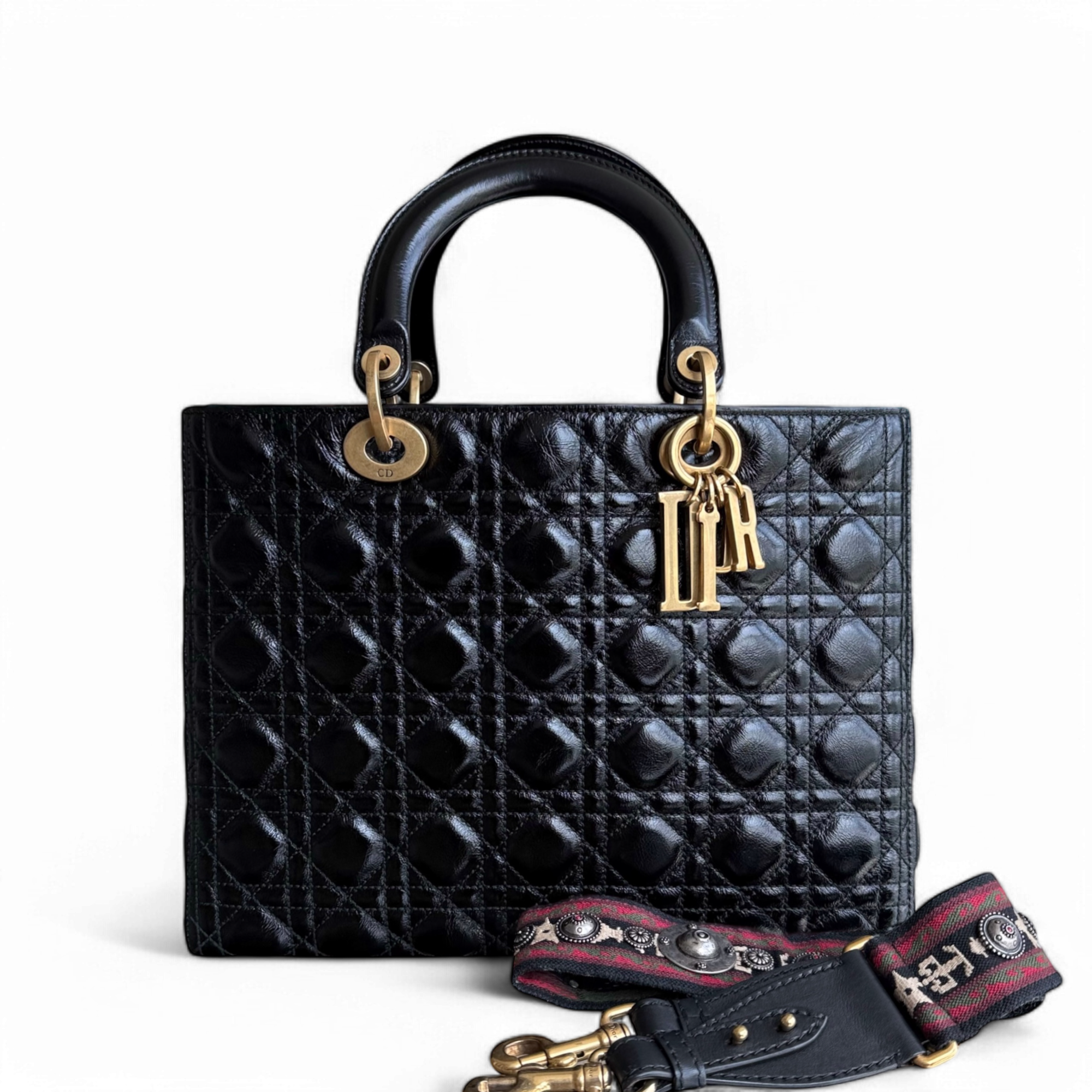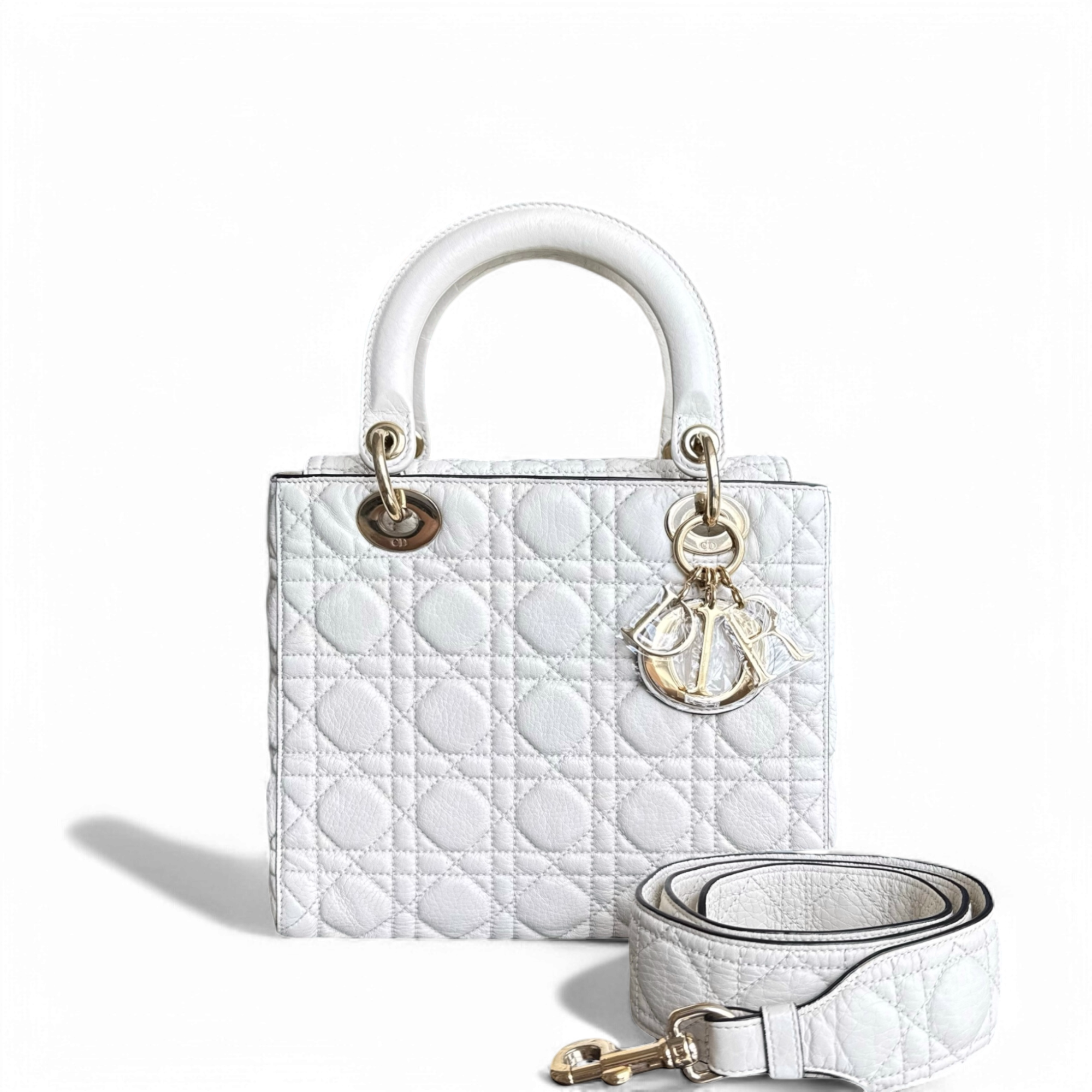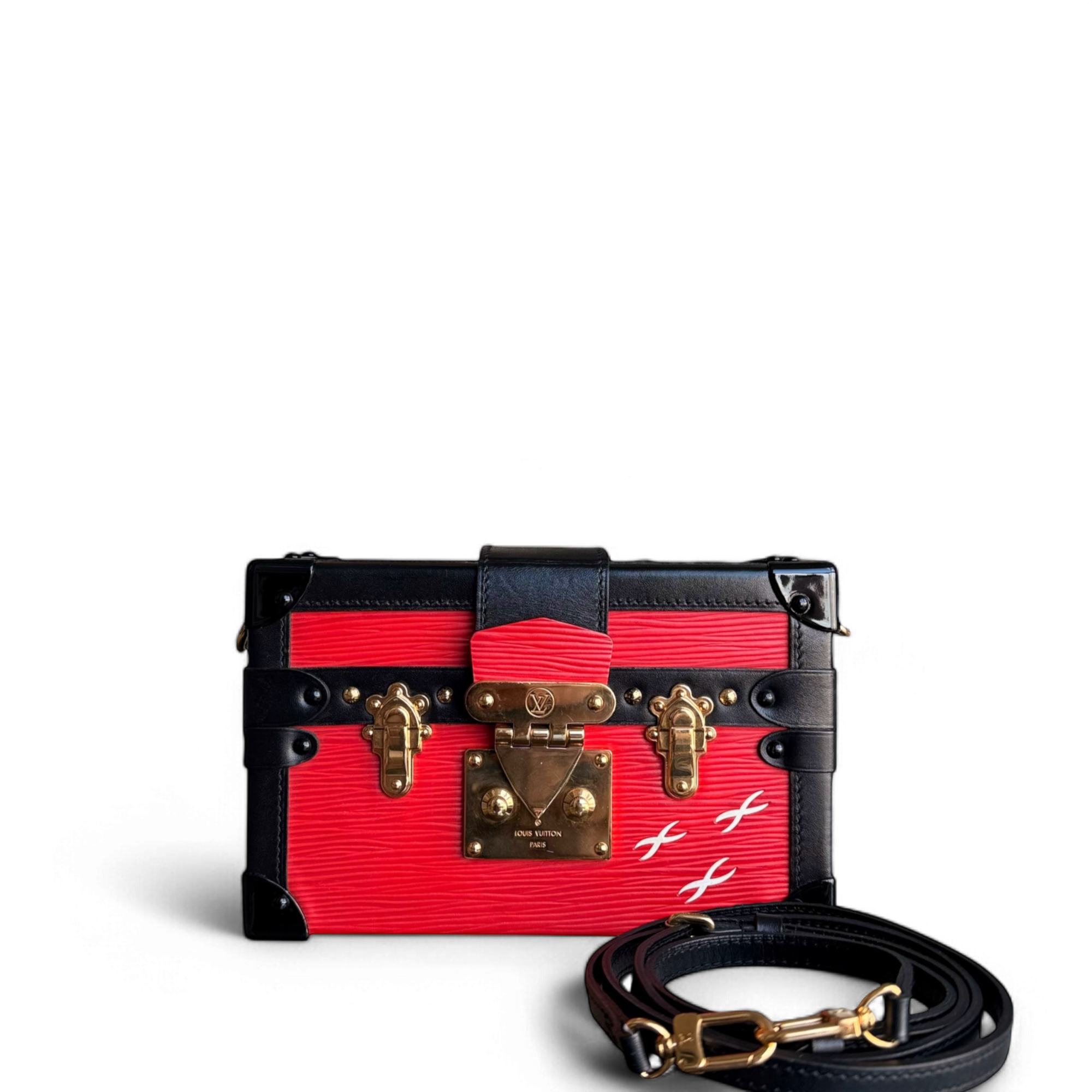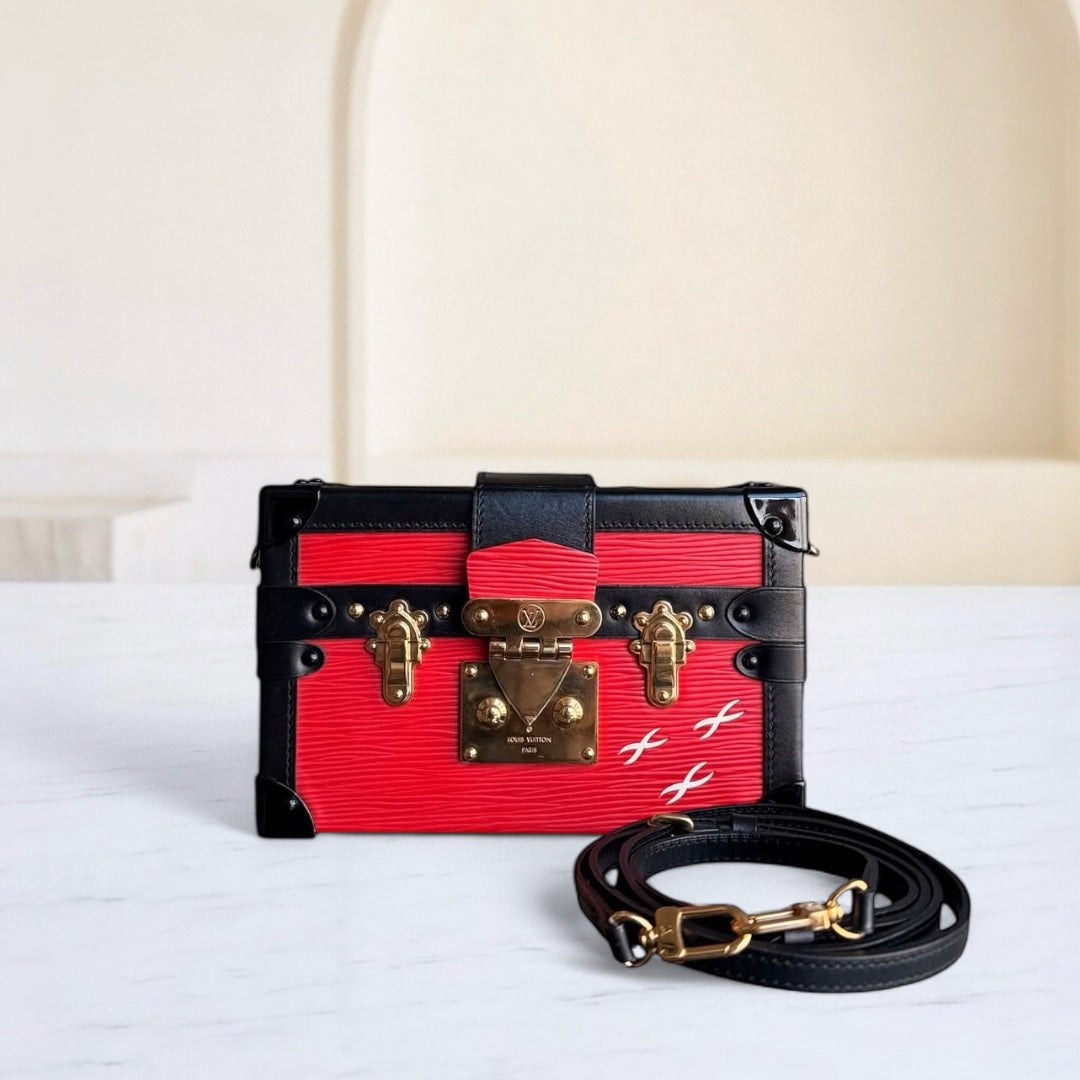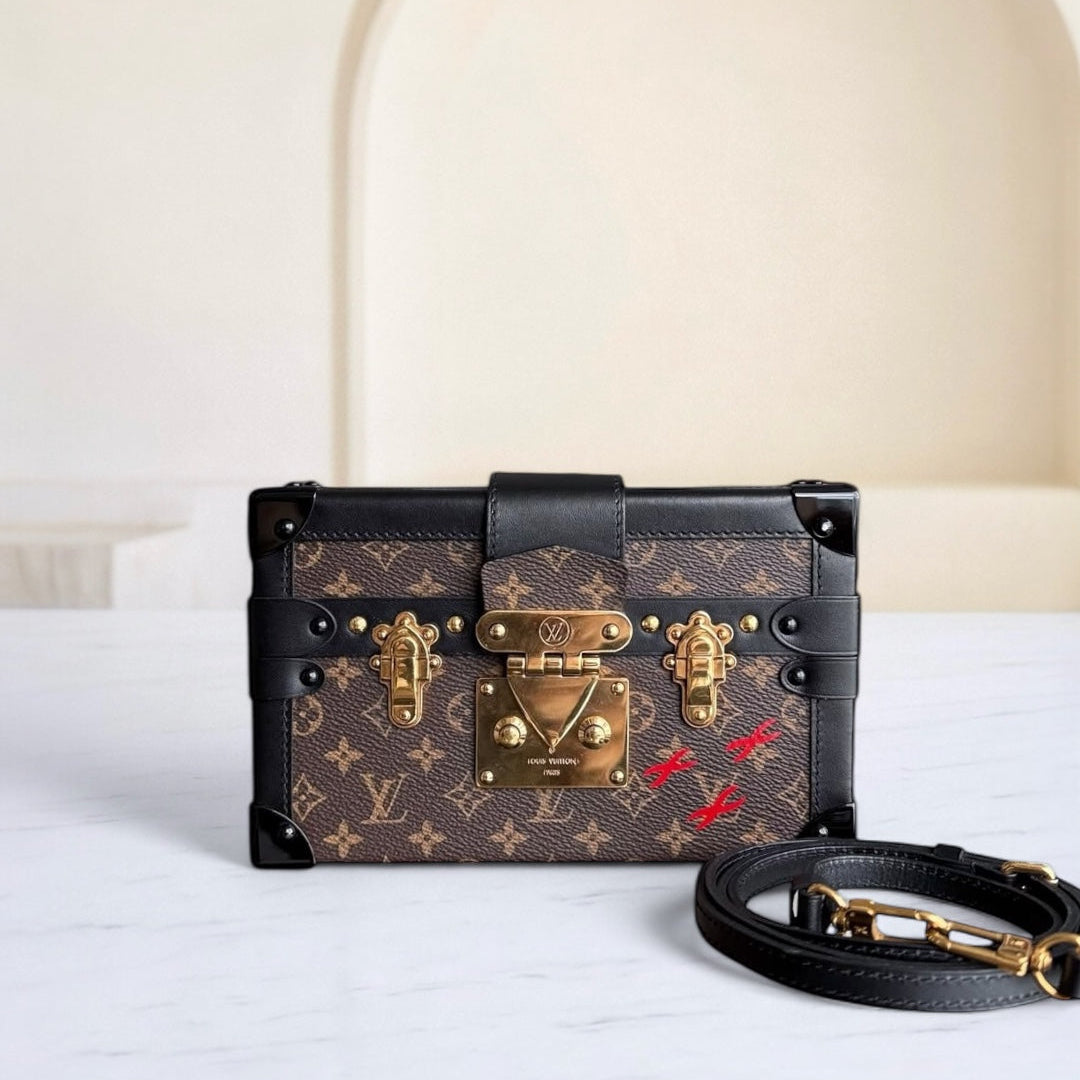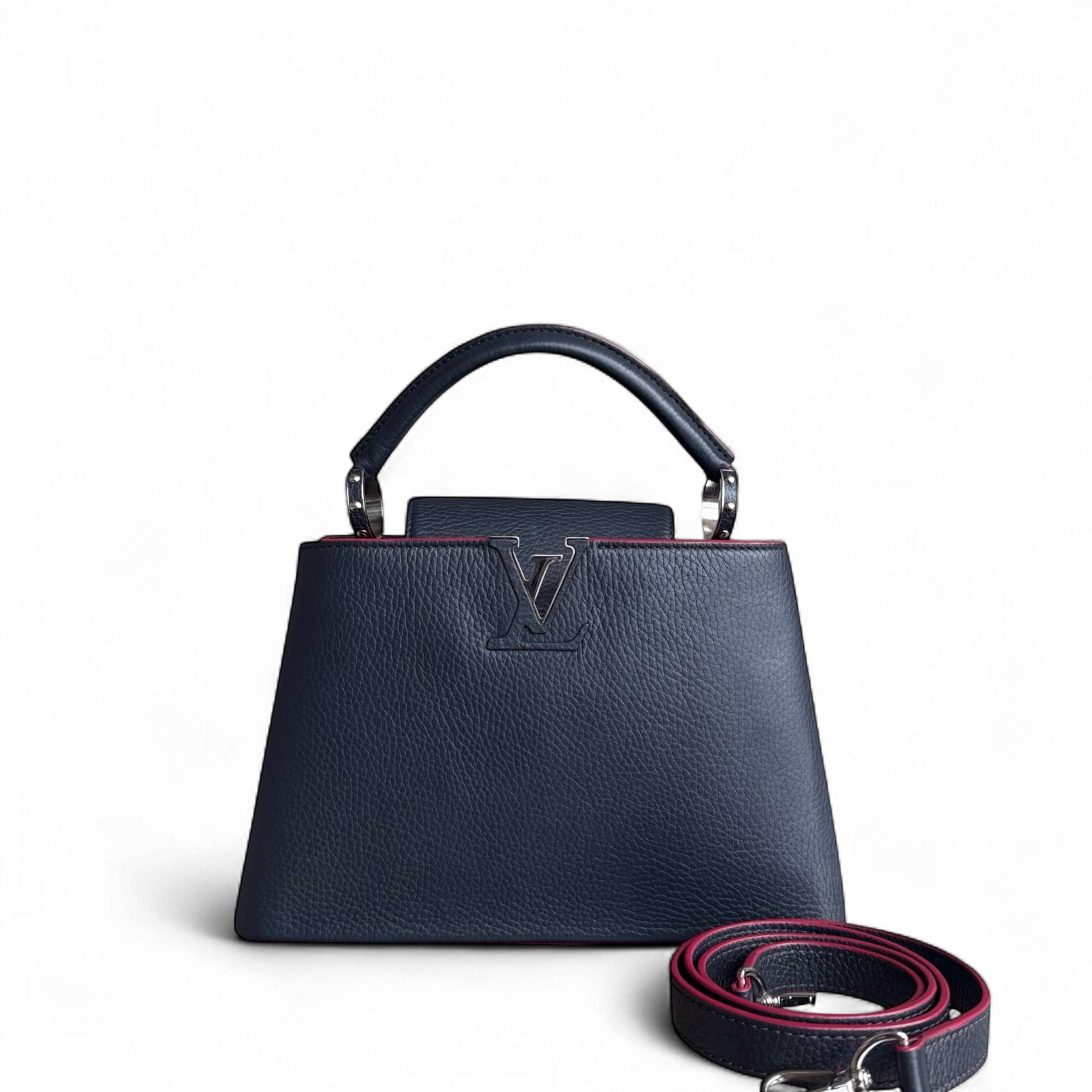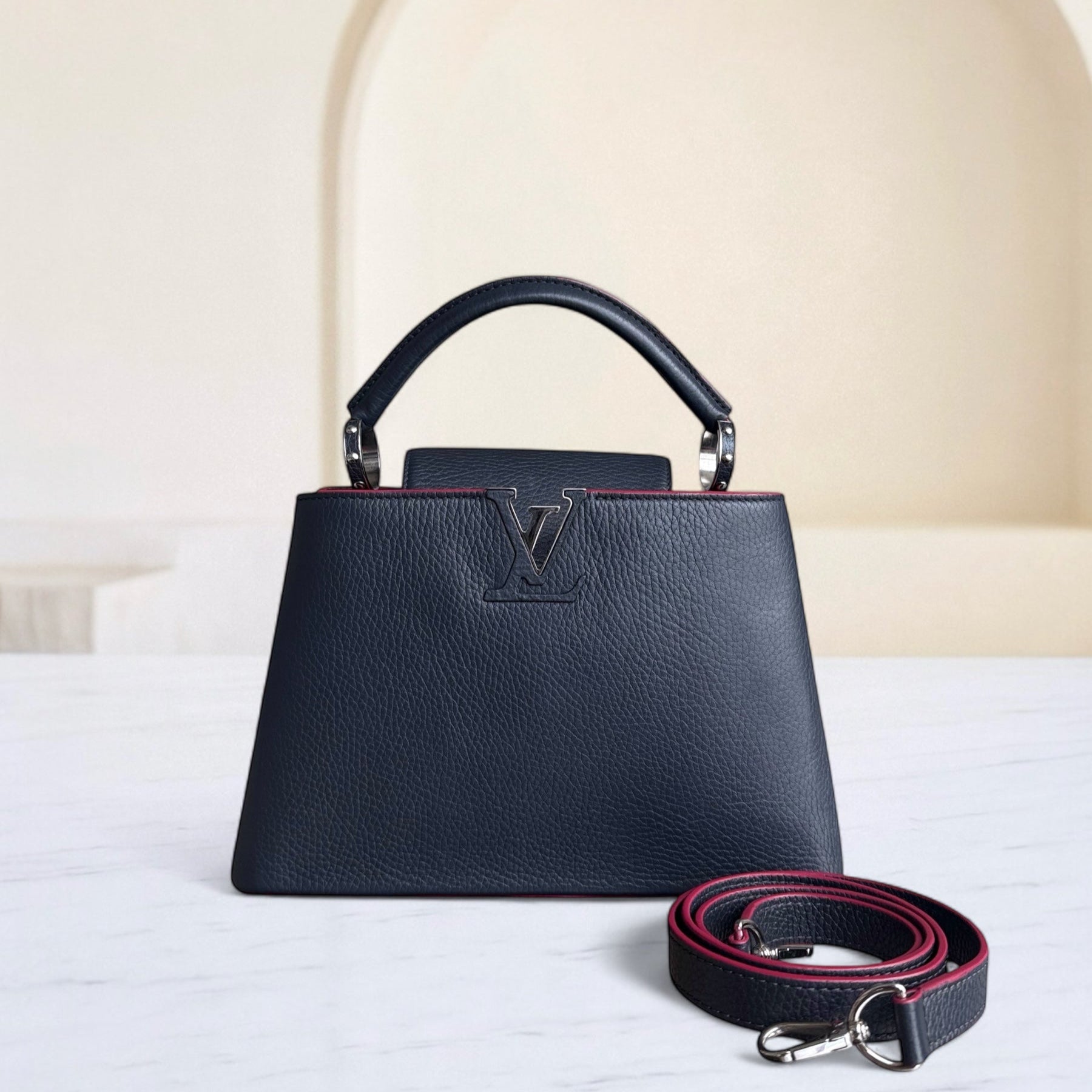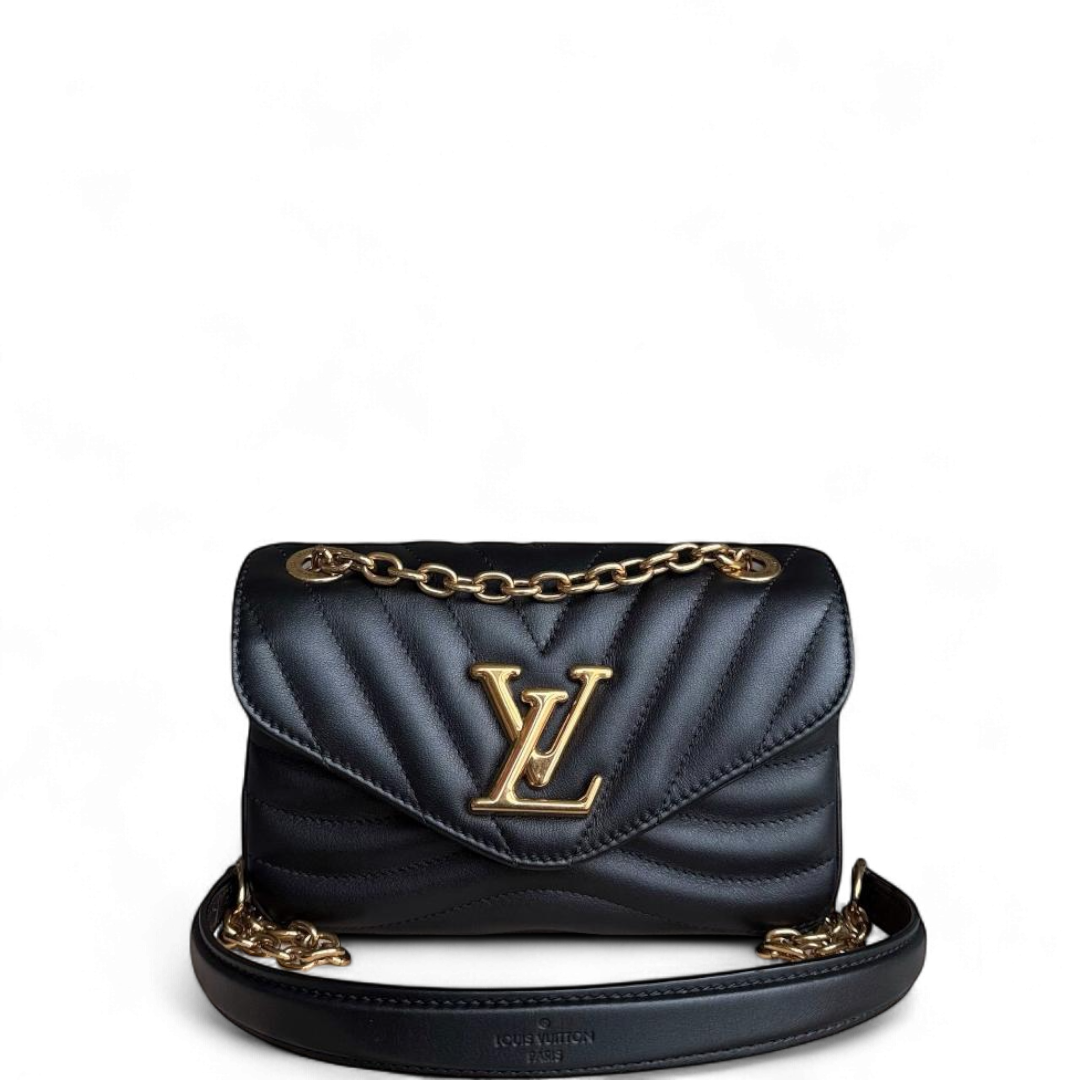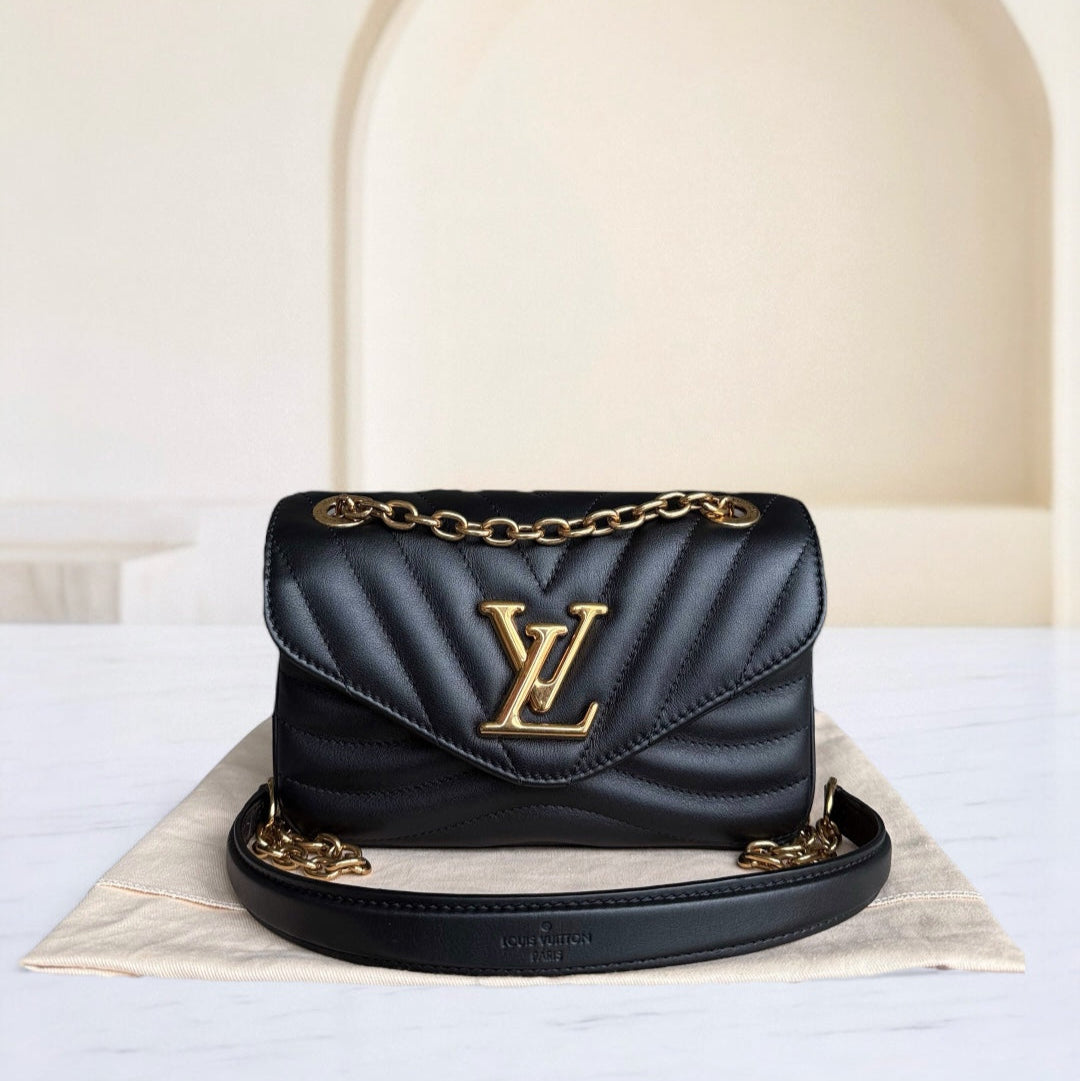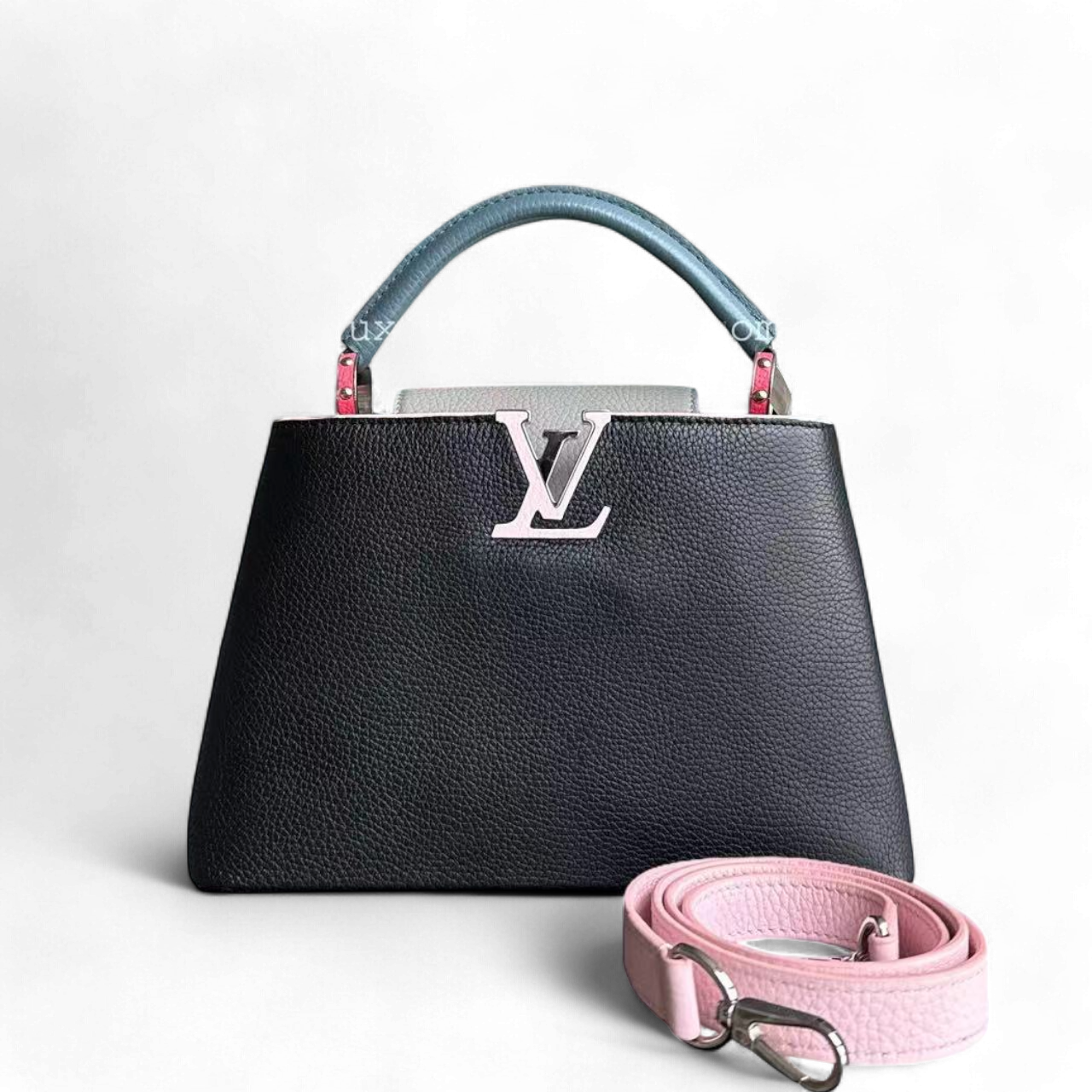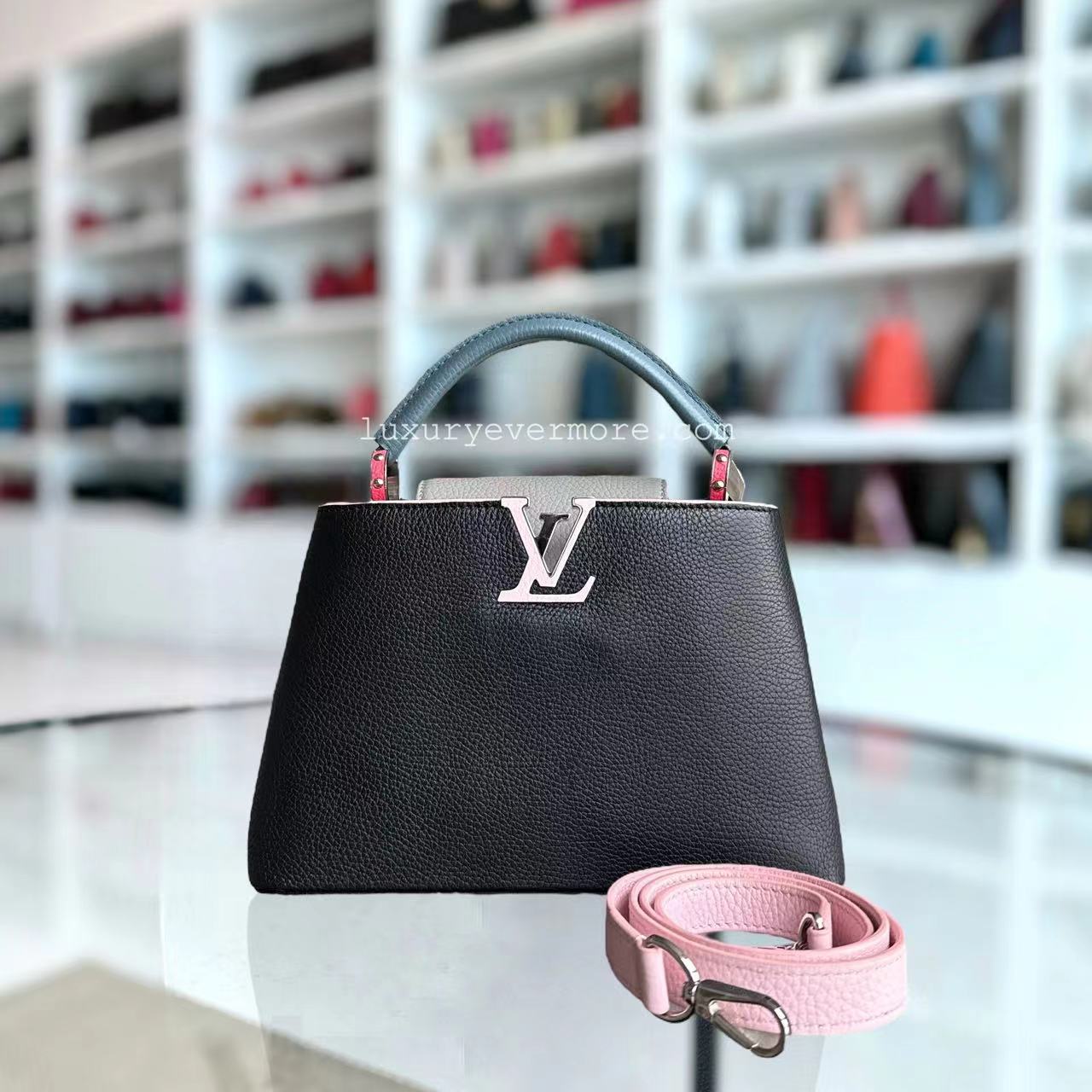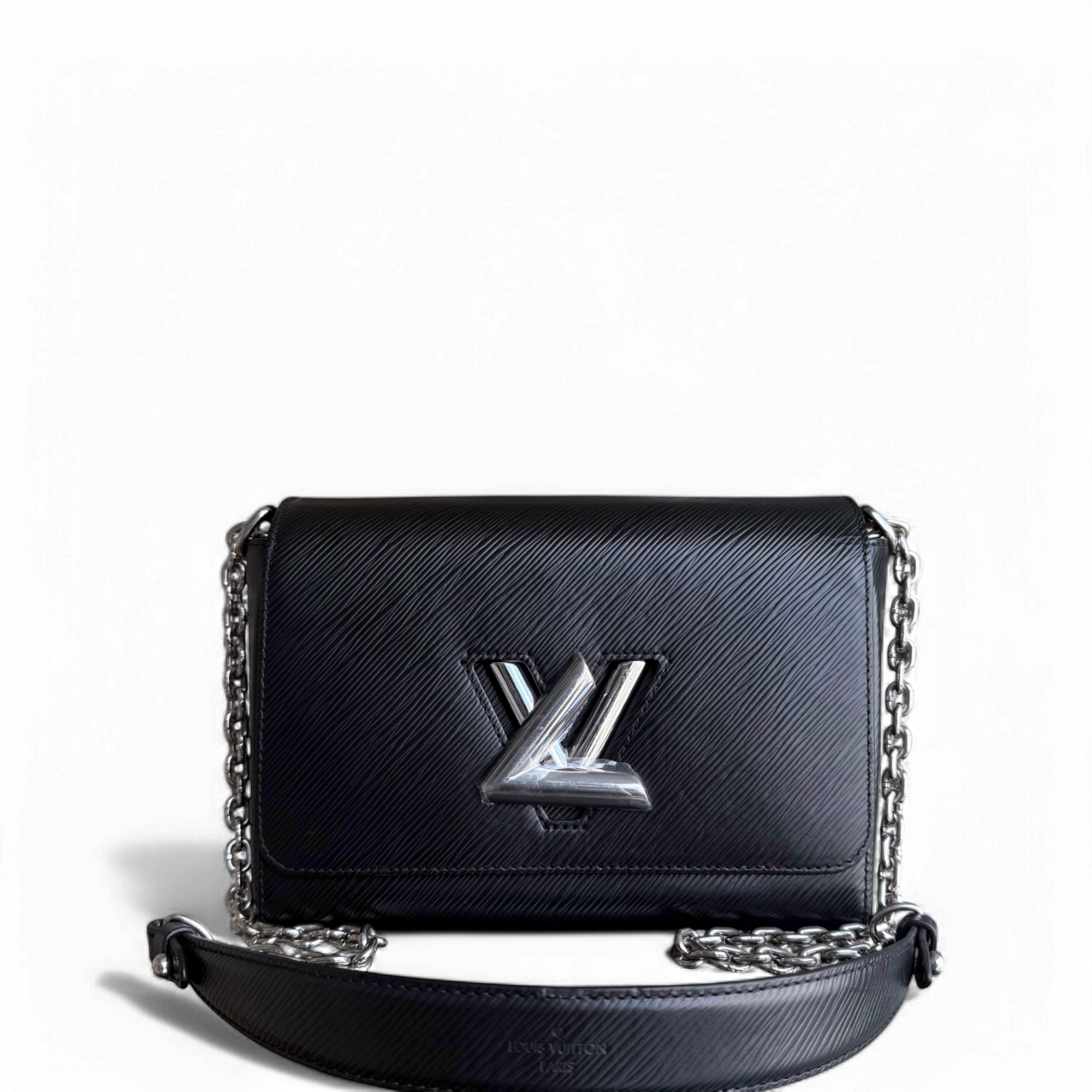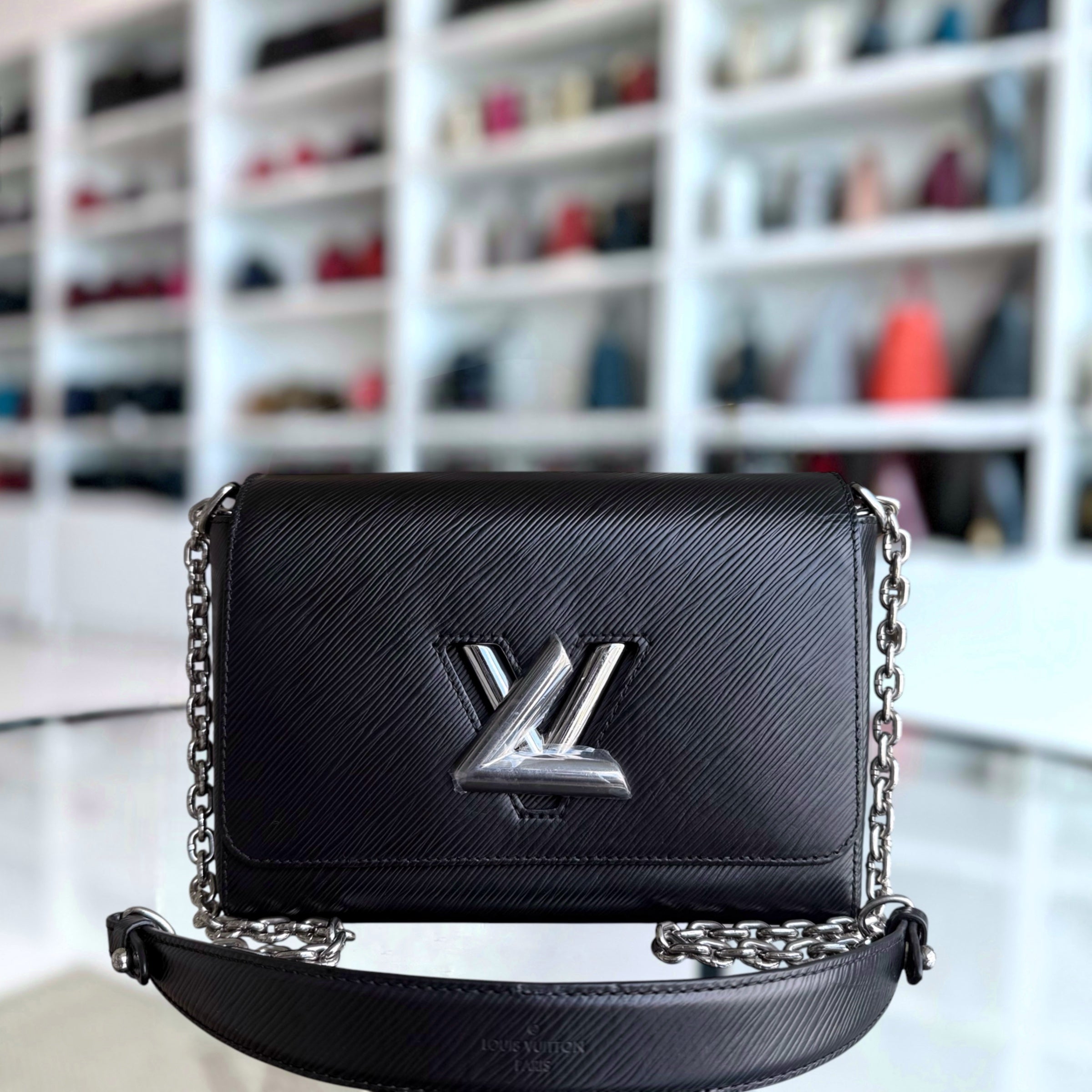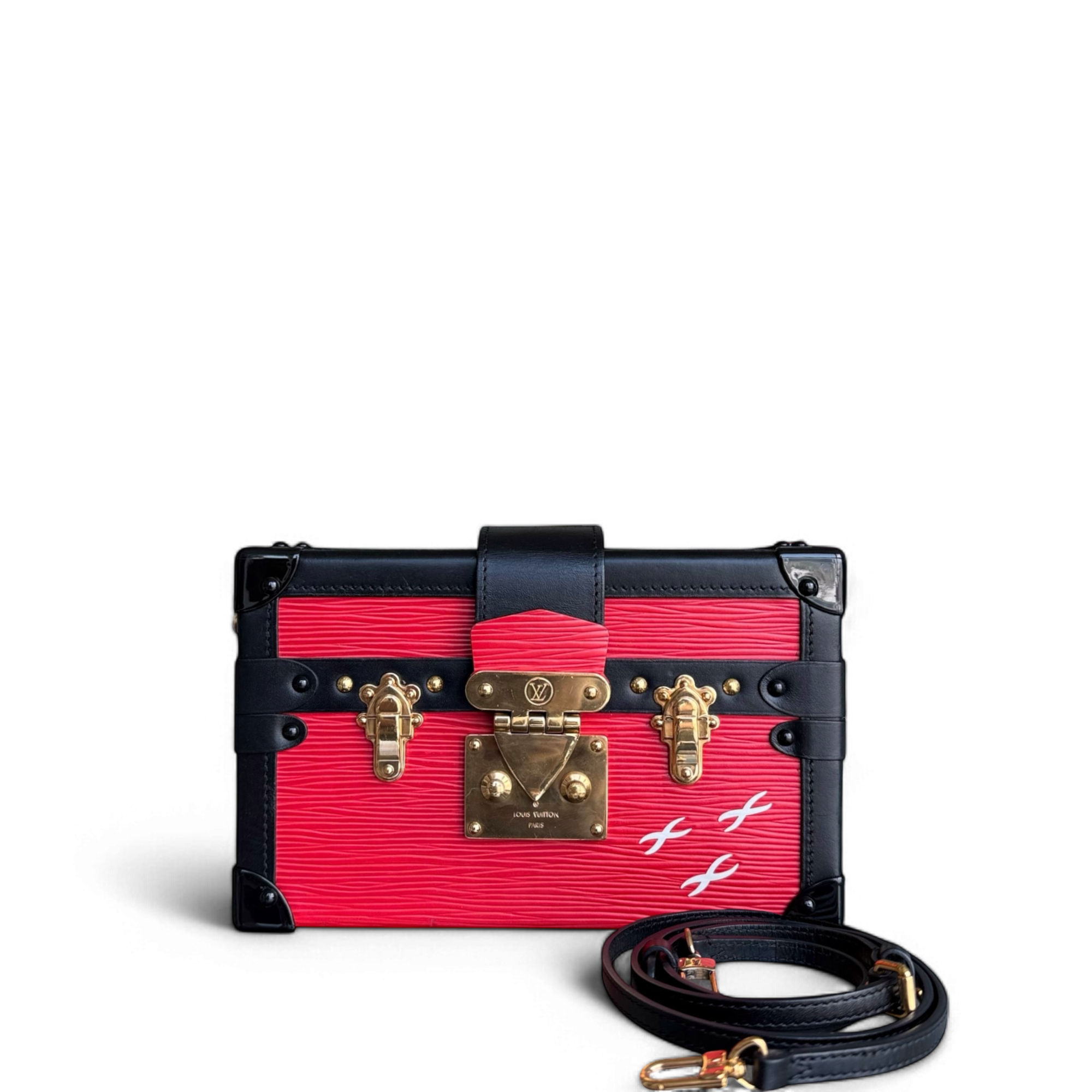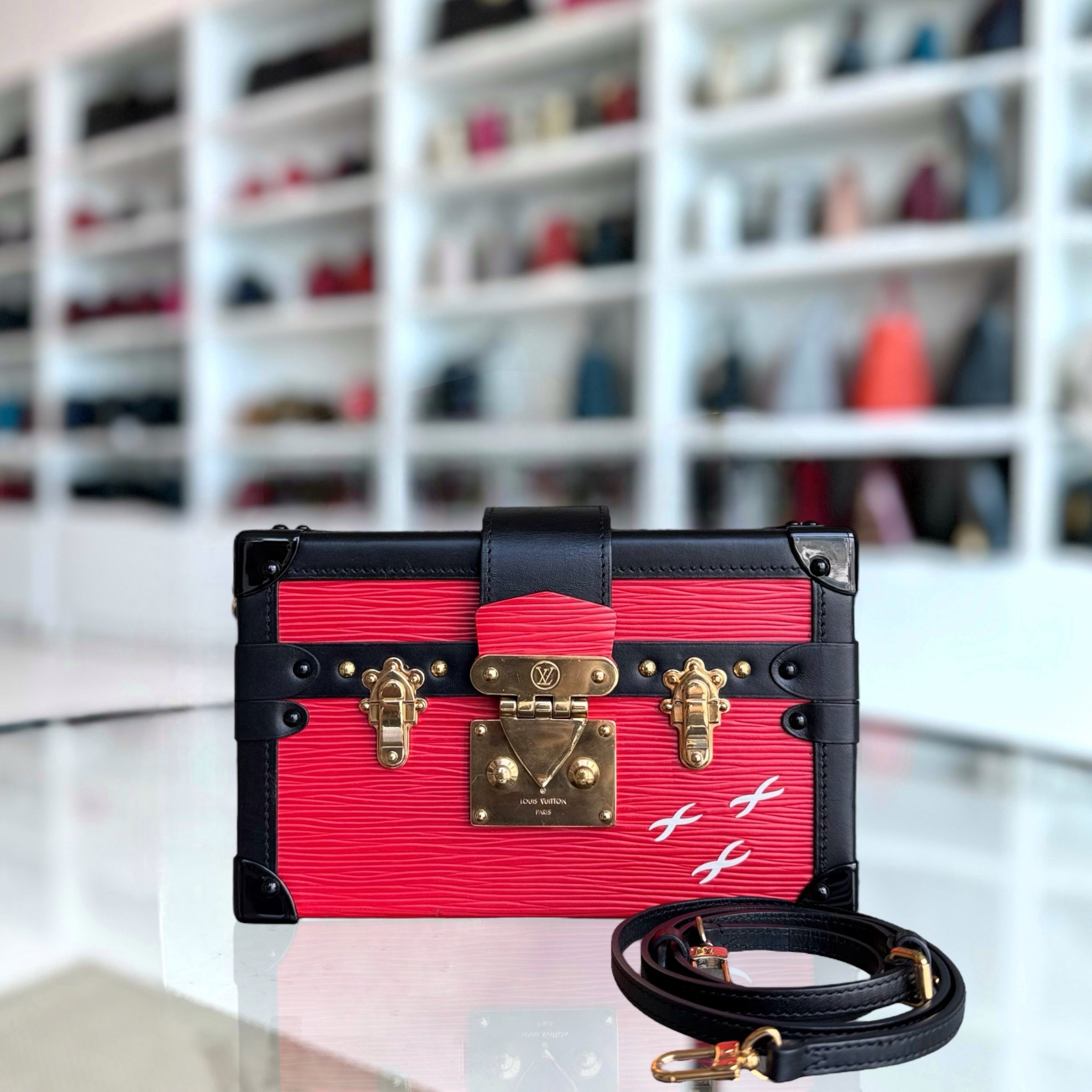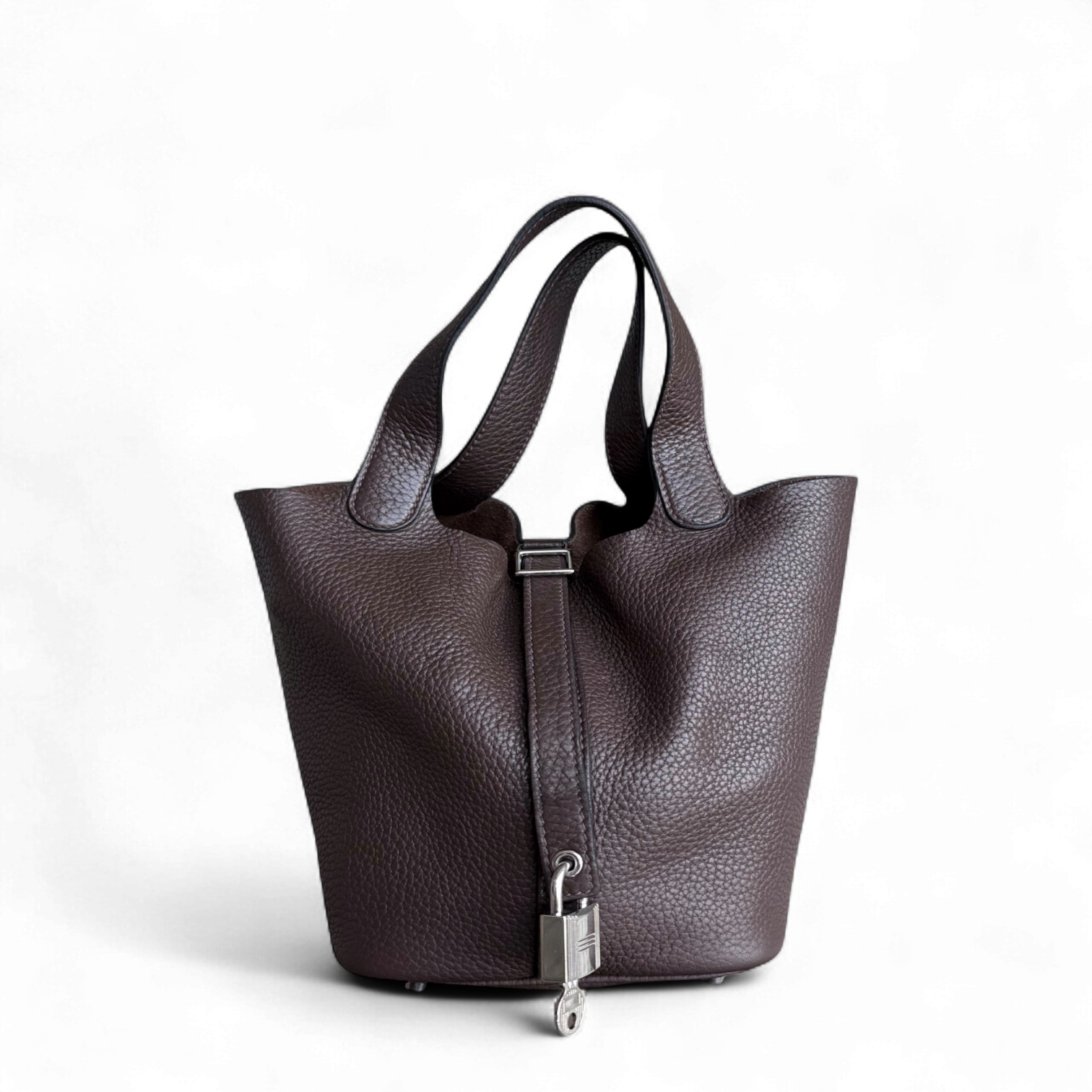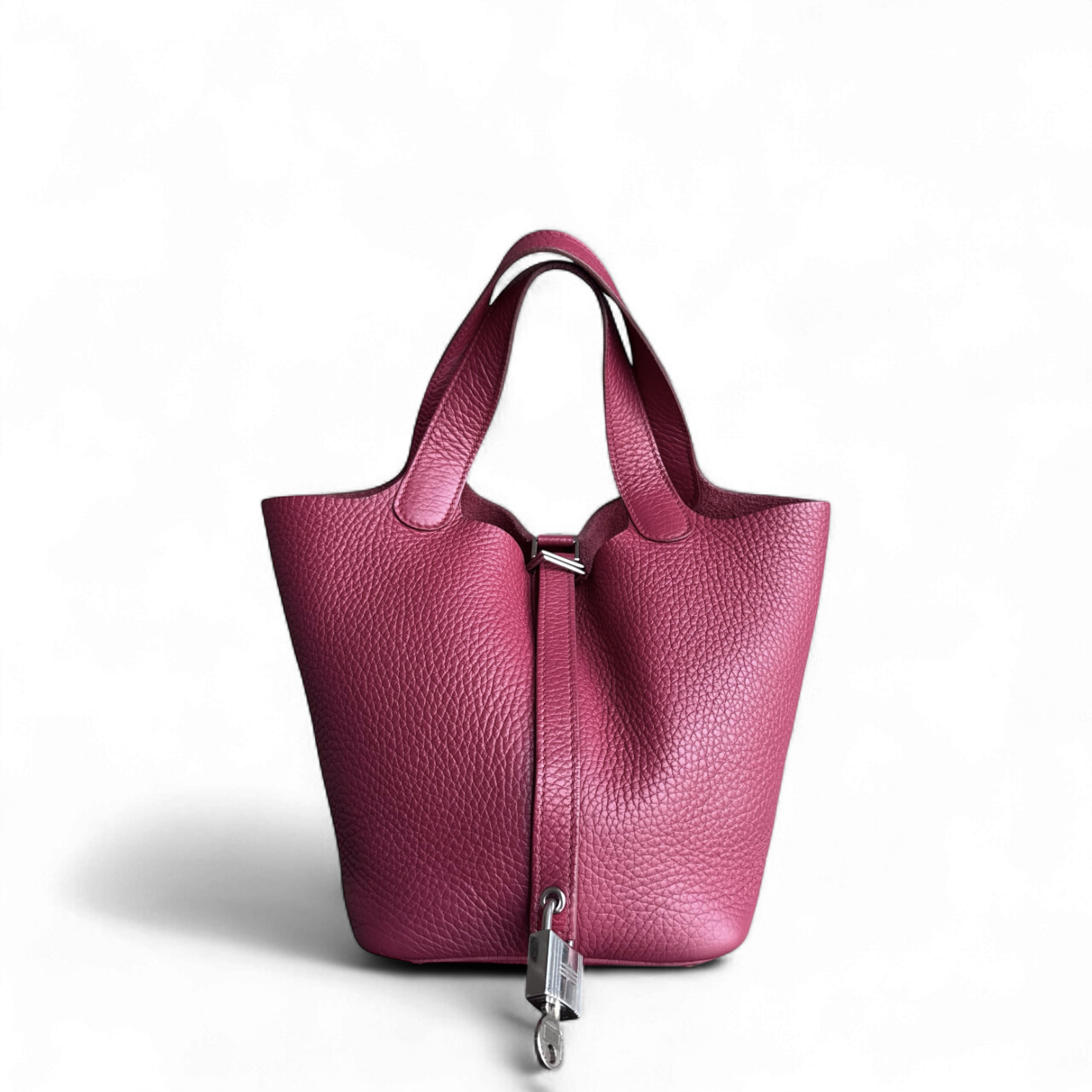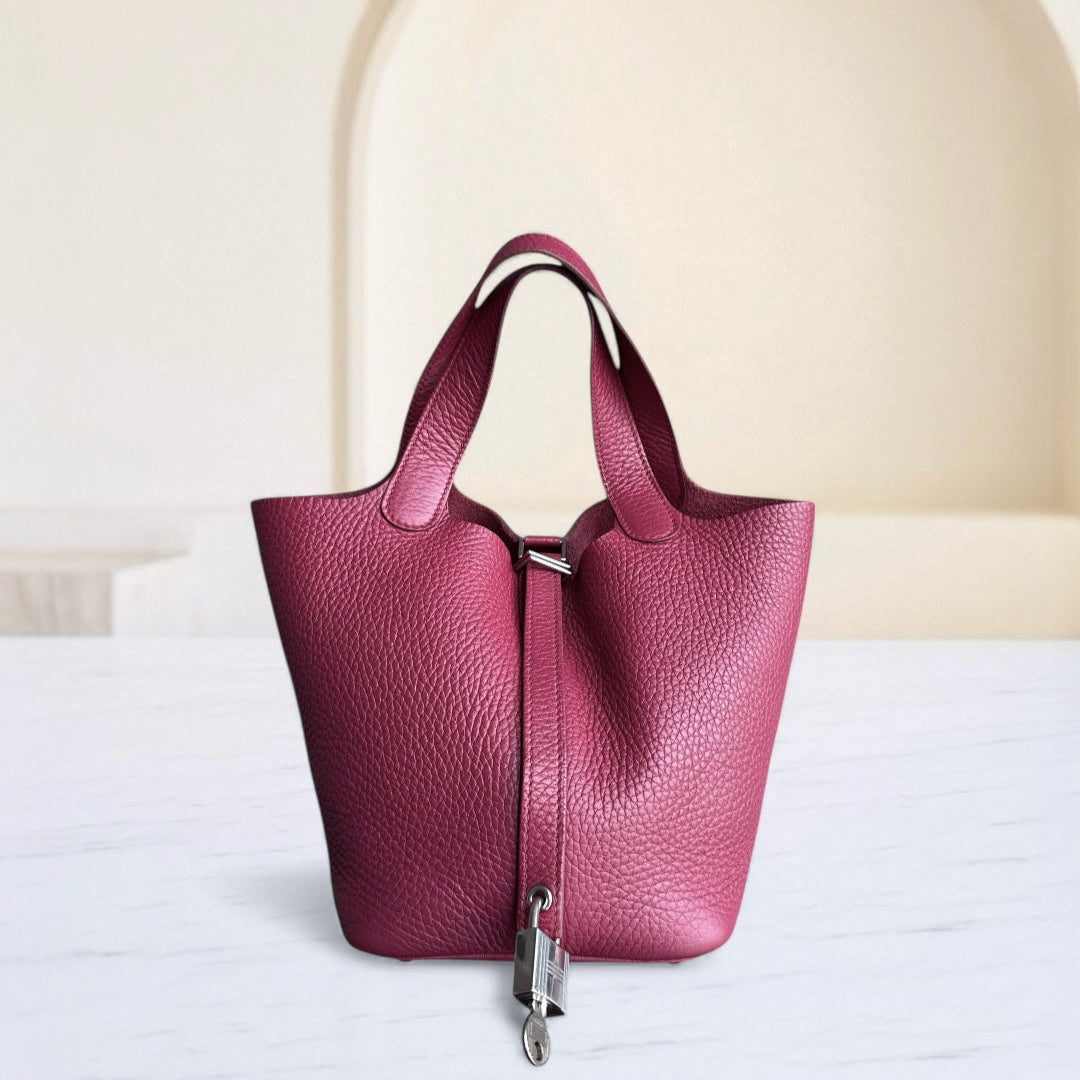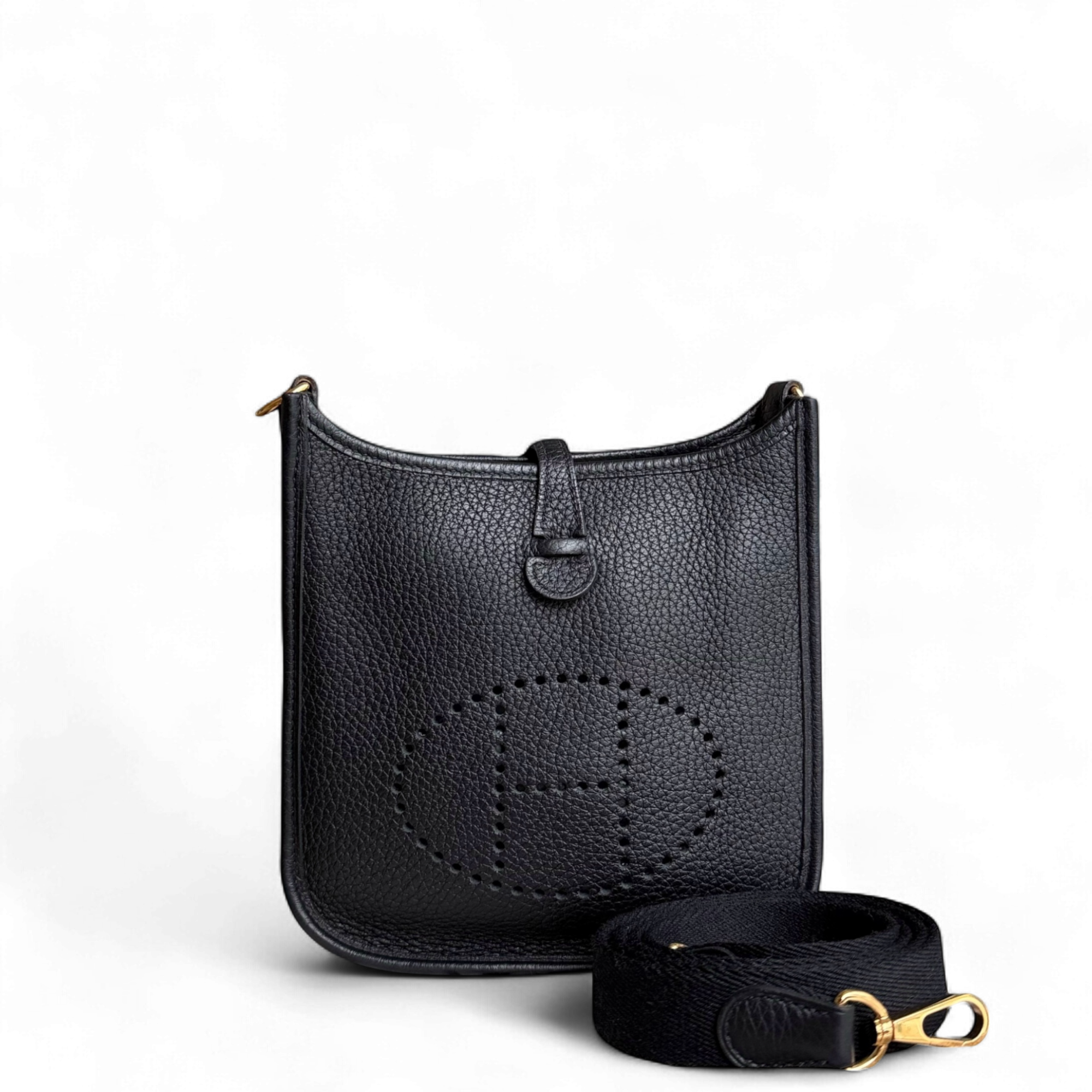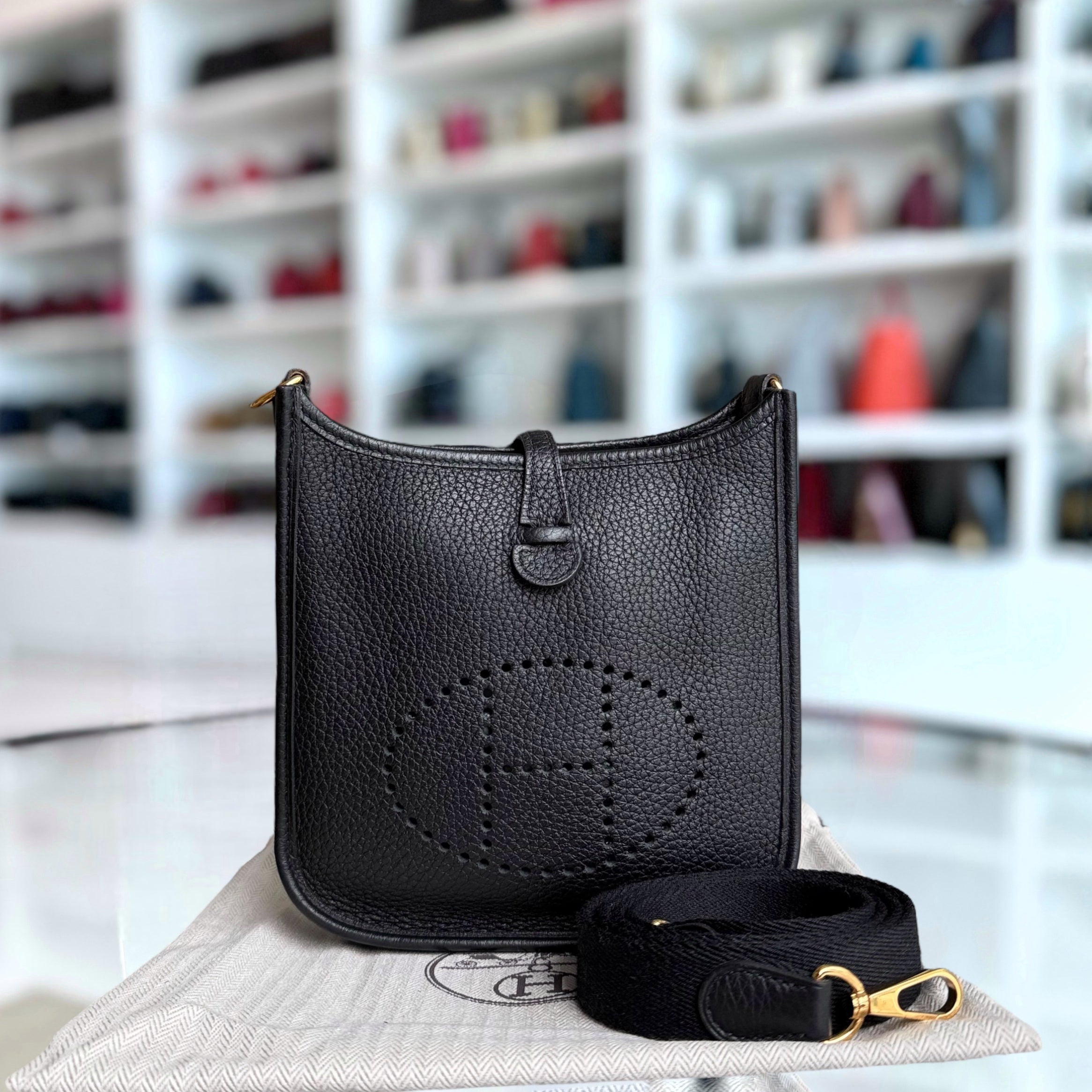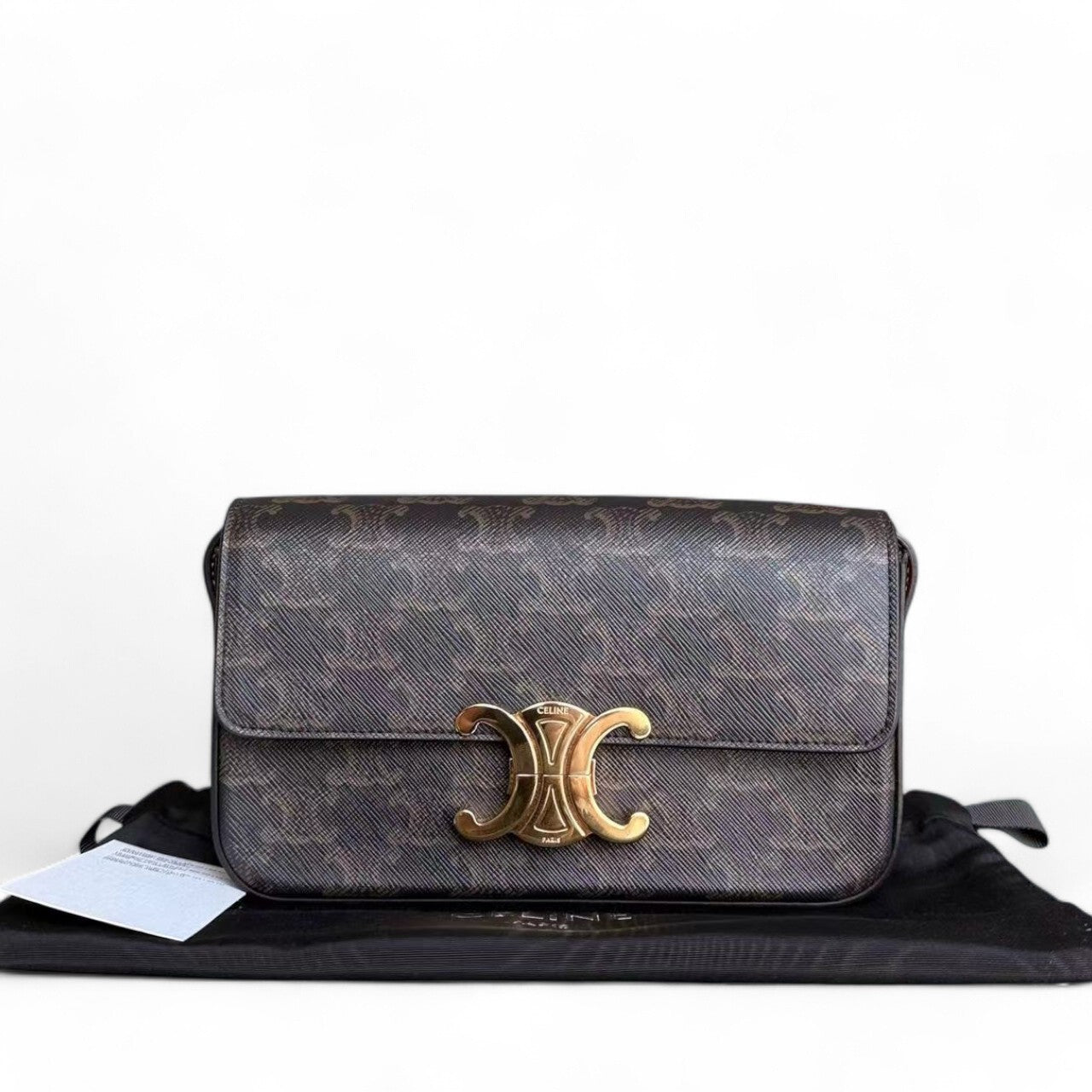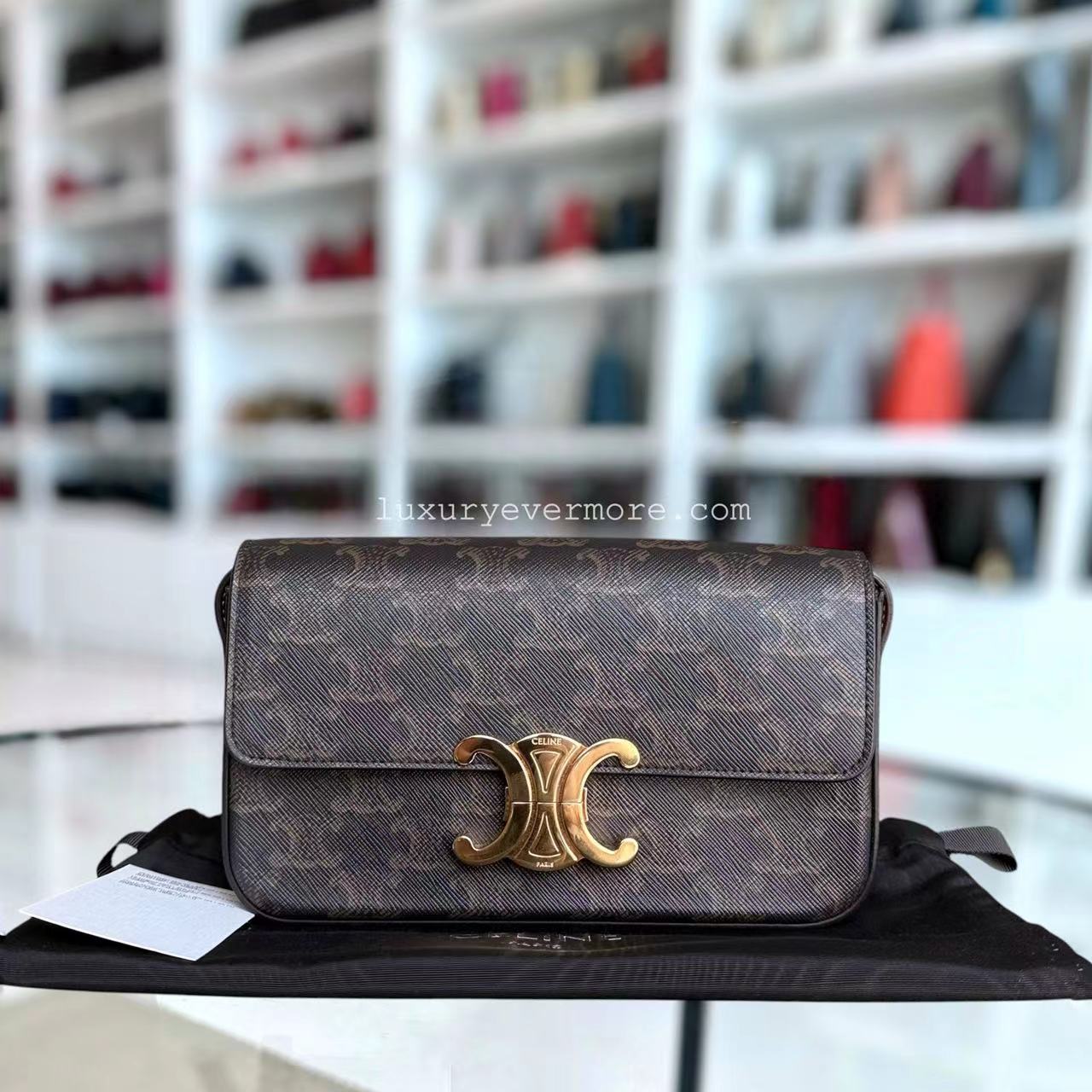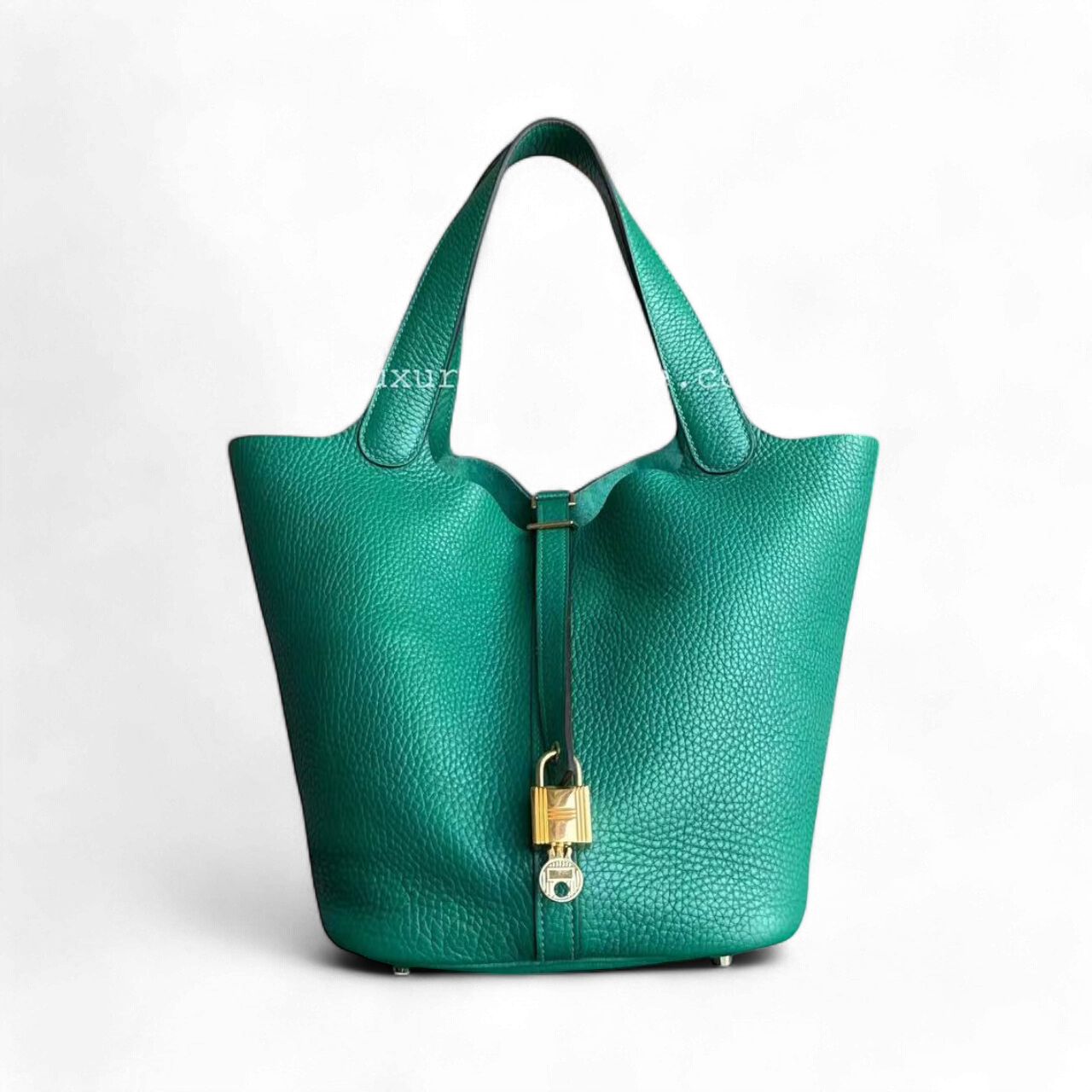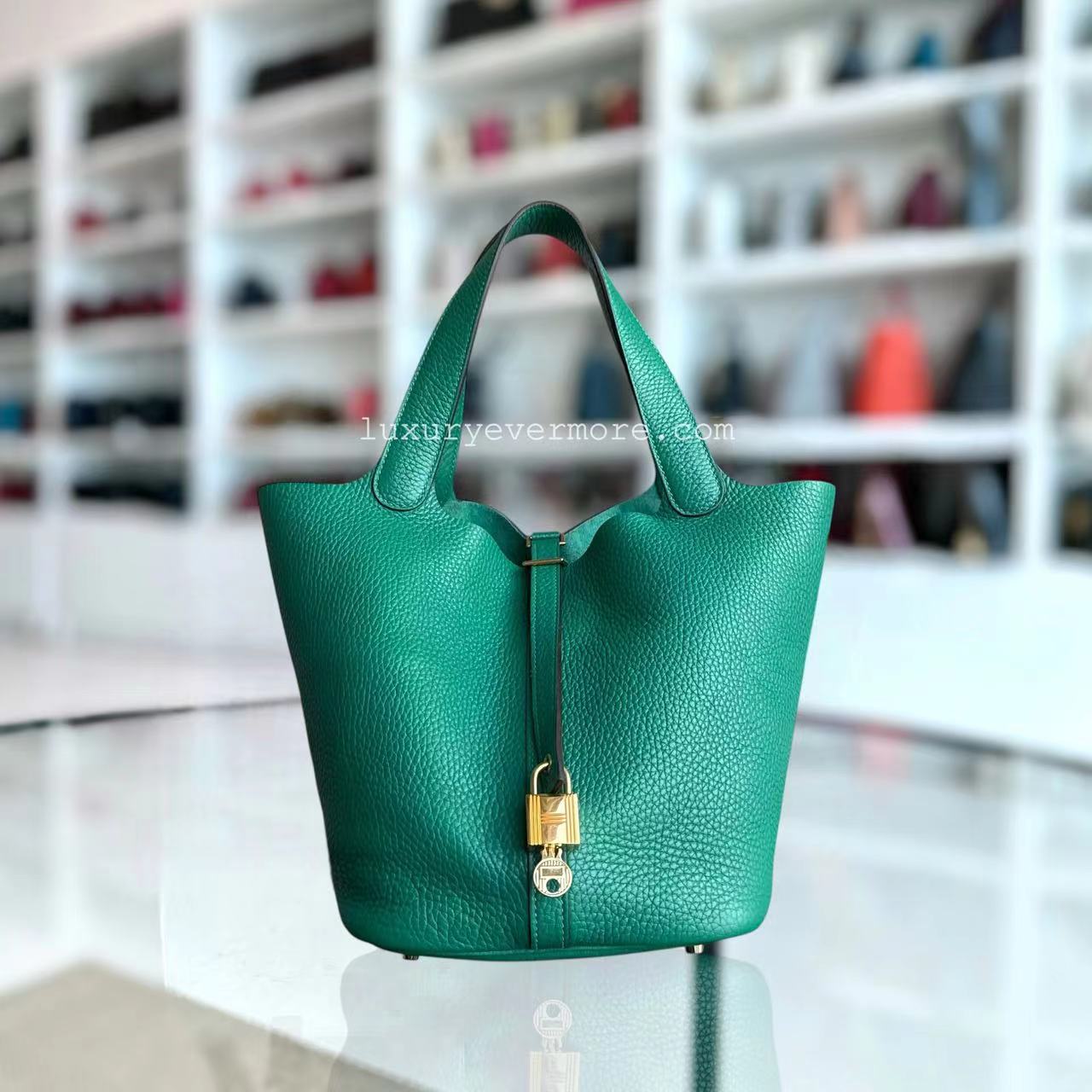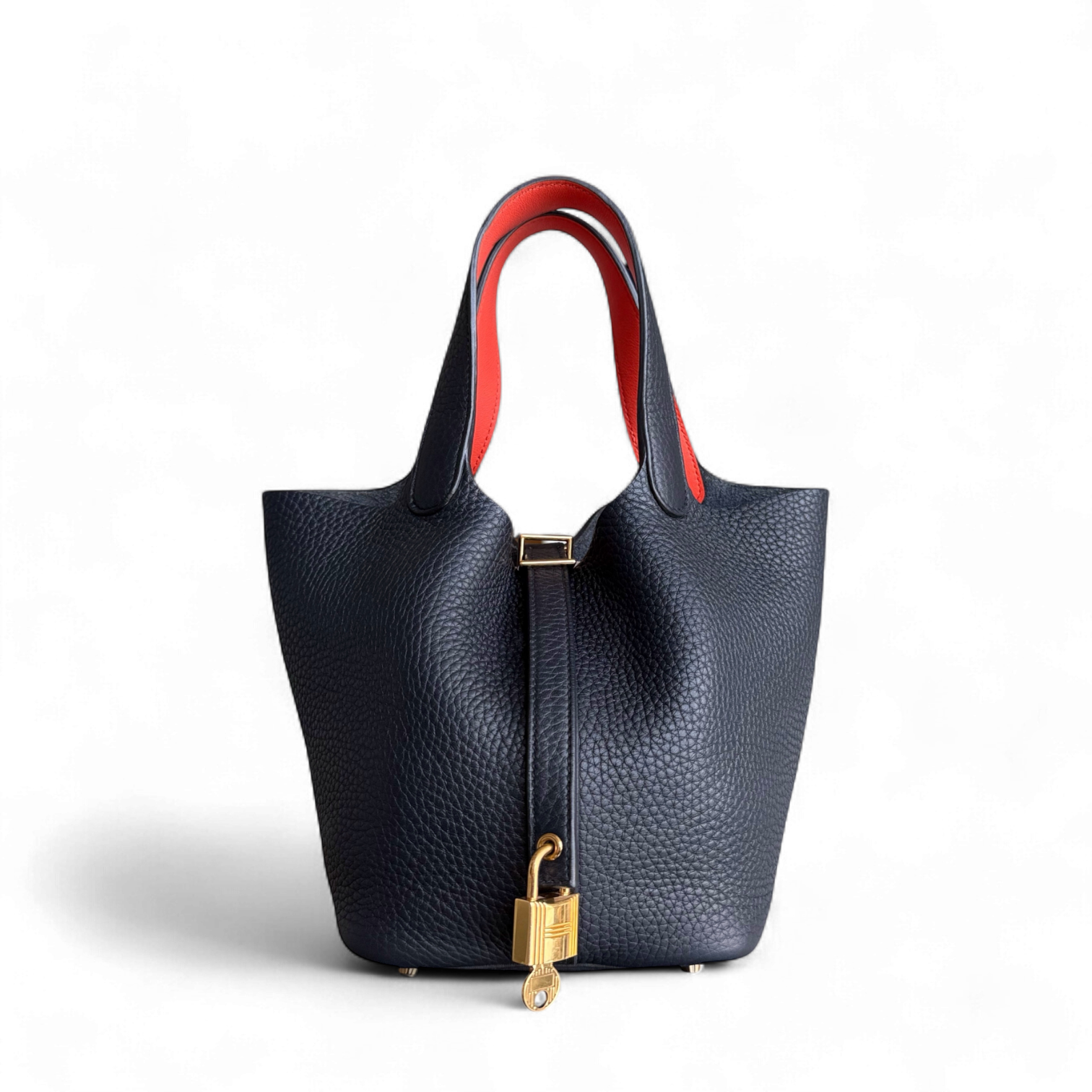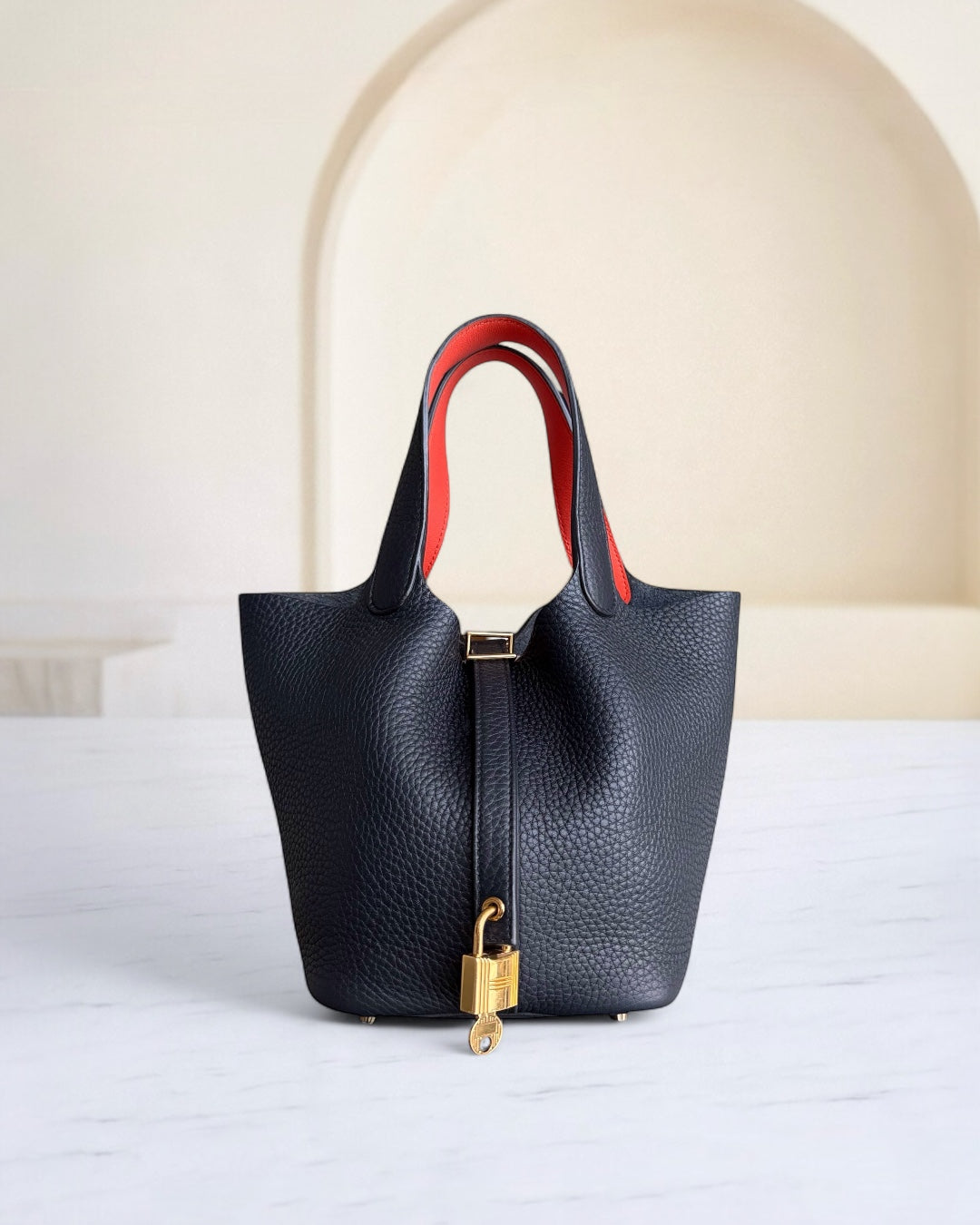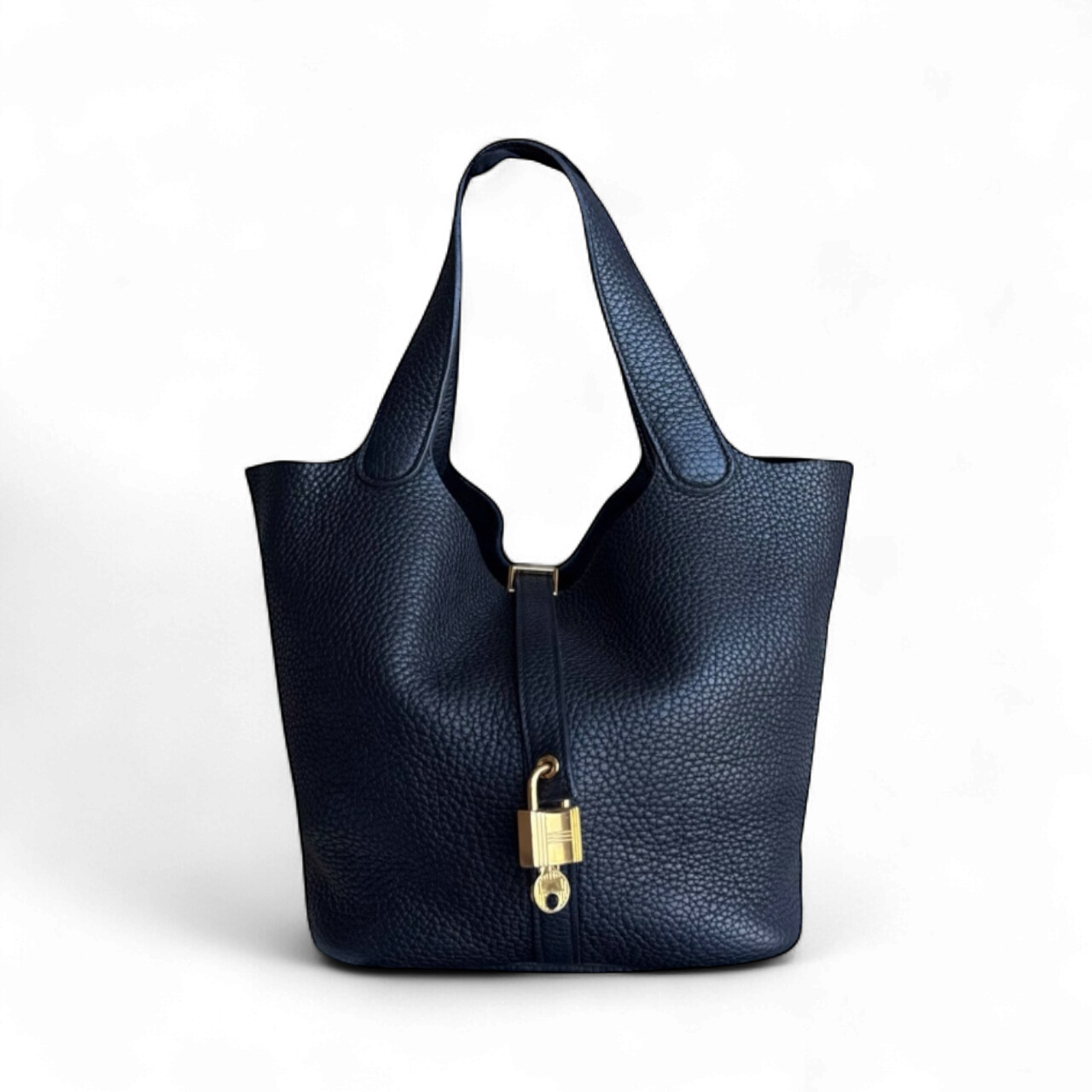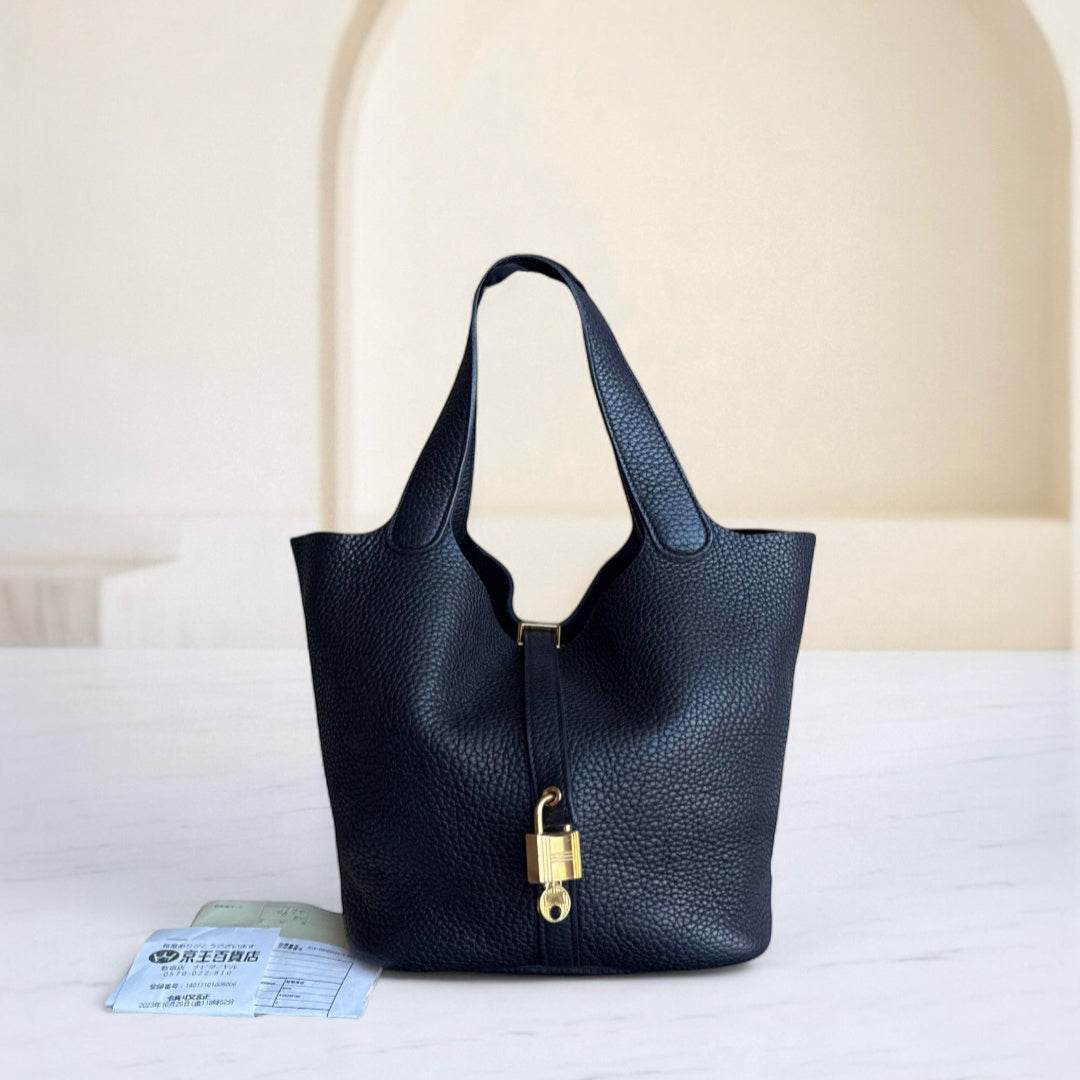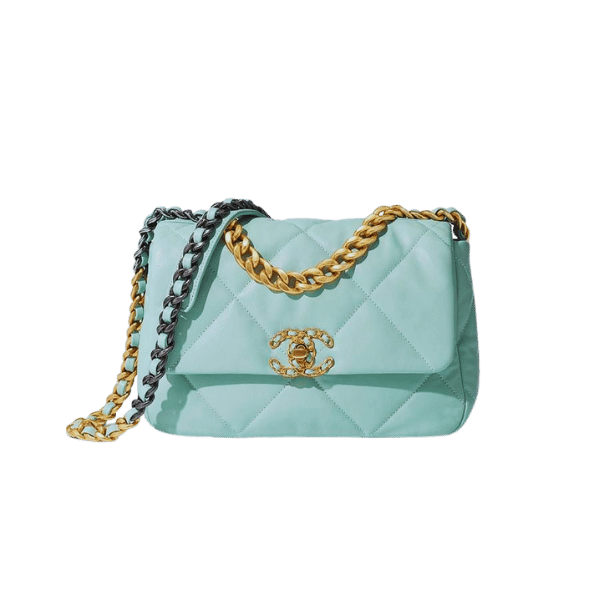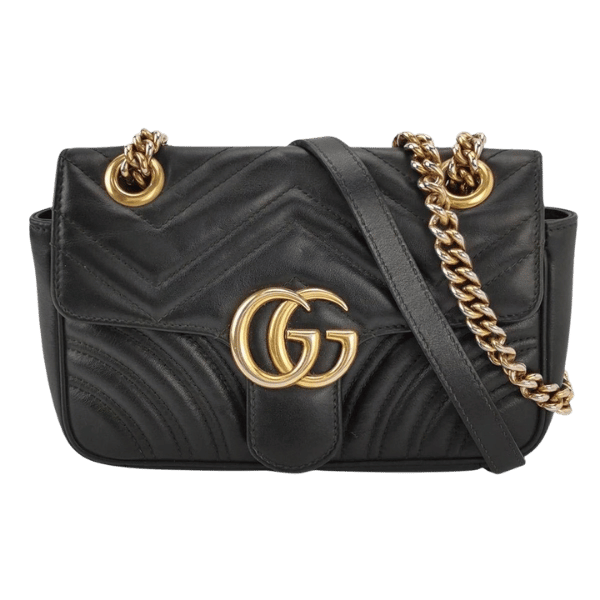Mastering the Art of Louis Vuitton Authentication: Your Guide to Spotting Fakes
Louis Vuitton stands as a very name in the worlds of luxury, craftsmanship, and timeless design. But with such a huge fan base, counterfeiters have found a fertile market to flood with imitations that can be very difficult to distinguish. For consumers and lovers, the ability to authenticate Louis Vuitton items has been paramount, ensuring they can feel assured of purchasing genuine, top-quality items rich in heritage. Here is the complete guide that will take you through several aspects of identifying fakes, from checking materials and stitches to knowing logos and serial codes. Whether you are a first-time buyer or are well into the field of collecting, this thorough article will give you the edge to discern indisputably in the luxury goods domain.
How Can You Authenticate a Louis Vuitton Bag?

- Examine the Materials: Genuine Louis Vuitton bags are crafted from the finest materials available. Touch them, and be sure to feel the texture of the leather or canvas they use, as it reflects Louis Vuitton standards.
- Inspect the Stitching: Genuine bags are typically stitched in clean lines, evenly spaced, and with no loose threads—an essential aspect in Louis Vuitton bag authentication, as the number of stitches in a particular area is often a fixed value among authentic pieces.
- Check the Logo and Monogram: Louis Vuitton's logo and monogram should be well-centered, perfectly aligned, symmetrically spaced, and without any blurriness or fading.
- Confirm the Date Code: Louis Vuitton bags have a date code that corresponds with where and when they were made. Even though it cannot be used as a serial number, it is still handy for verifying authenticity. Cross-check the code with trusted references to affirm its correctness.
- Review Hardware Details: The hardware on authentic bags is high-quality, with no chipping or discoloration. Zippers, clasps, and rivets have to feel heavy, and they can sometimes have logos engraved onto them.
What Are the Key Indicators of Authenticity?
- Material Quality: Authentic bags are made from high-quality materials and feature a uniform texture and pattern. The Monogram canvas, Damier print, or leather should feel resistant and luxurious.
- Stitching: The genuine bag uses even, accurate stitching, typically with a fixed number of stitches per area.
- Brand Logo: The Louis Vuitton brand logo should be carefully designed and show no signs of misalignment, unevenness, or irregularities in the fonts.
- Date Code: A date code indicates precisely when and where the item was made. Make sure the date code matches the production details for that model.
- Hardware: Check the weight and finish of hardware components, such as zippers, clasps, and rivets, during authentication of a Louis Vuitton bag. They should be heavy, smooth, and often bear the brand name in engraving.
These factors, when matched against known genuine examples, serve as key indicators of whether a Louis Vuitton bag is authentic and thus requires authentication.
Why Is the Date Code Important in Authenticating?
Date codes are fundamental in determining the authenticity of a Louis Vuitton bag. They offer vital information about the product's origins and manufacturing. The surgical dates were entered into the bag as letter-number combinations. It considered the production country's name and the specific week, month, and year the bag was made. For instance, the current convention is: the first and third digits represent the week; the second and fourth digits, the year.
This date code can be cross-referenced with established production standards and timelines, revealing inconsistencies that may be readable as possible signs of counterfeit production. To put it simply, the forgery will almost certainly exist if a bag claims to be from a given collection and carries a date code outside that collection's production period. Additionally, the letters appearing will represent the location of manufacture; being familiar with these location codes is necessary to tell if the stated place of origin indeed corresponds to official Louis Vuitton production facilities.
However, it might be worth noting that, in recent times, Louis Vuitton has incorporated RFID microchips in place of the more traditional date codes on most of its items. The microchips hold precise information for product authentication, which can be accessed by Louis Vuitton technicians using specialized technology. Nonetheless, with these changes to the process, date codes remain relevant for items made before this period and thereby remain an important avenue for luxury goods authentication.
How Does the Louis Vuitton Monogram Aid in Verification?
Louis Vuitton monogram serves as the ultimate marker of authenticity with its unique, intricate designs and fine craftsmanship. Introduced in 1896, the iconic monogram pattern— consisting of the LV initials, flower motifs, and geometric shapes — has since become synonymous with the brand identity. Every trace of the monogram is put together with absolute precision and embodies the quality assurances that LV stands for. Authentic products will show consistent spacing between the motifs, perfectly symmetrical alignment across seams, and clear, sharp printing.
The quality of the materials is another factor to consider when examining the monogram. Genuine Louis Vuitton pieces use coated canvas and fine leather, known for their durability and silky-smooth finish. Fakes, on the other hand, might exhibit irregularities such as blurred prints, uneven spacing, or low-quality materials. Besides, true Louis Vuitton monograms often also meet at joining areas, displaying the brand's attention to harmony in its designs.
The monogram's stitching also helps with verification. Real products have excellent stitching that is evenly spaced, colored in a certain shade, very often associated with the particular piece. Any discontinuity, including loose threads or irregular patterns, is a strong indicator of counterfeiting. It is the little details that make the monogram one of the most reliable first points in authenticating a Louis Vuitton item.
What is a Louis Vuitton Authentication Service and How Does It Work?

How Do Authenticators Work?
Louis Vuitton authentications are conducted through a systematic, specialized procedure to determine the authenticity of an item. Several characteristics undergo accreditation, such as monogram pattern, stitching, hardware, materials, and date codes. Authenticator training is extensive so that any inconsistencies or deviations from Louis Vuitton's exact manufacturing standards can be located.
The monogram is particularly important in examination for alignment and symmetry; being produced with laser precision, any irregularities in the placement or pattern of the monogram on an authentic Louis Vuitton product should render it inauthentic. The hardware of a bag, including zippers, clasps, and rivets, is also checked for specific requirements, as well as for weight and finish conforming to the brand's specifications.
Material analysis becomes essential primarily. Some distinctive Louis Vuitton items may be made from materials such as coated canvas, Vachetta leather, or Epi leather. The authenticator can confirm authenticity and assess texture, color, and even wear on materials. The date code inside the product allows further analysis of the product's origin and manufacturing date, which can at least be cross-checked against known manufacturing records to conduct a good Louis Vuitton authenticity check.
Technology greatly aids the authentication process. Included in the arsenal are UV lights, magnifying glasses, and AI-based, user-defined platforms, all of which help an expert recognize details not perceptible to the naked eye. This two-pronged approach delivers very high accuracy in verifying the authenticity of any product, helping keep buyers away from dubious merchandise.
What Should You Expect from an Authentication Process?
Authentication is a process in which an item is thoroughly analyzed using technology to ensure its authenticity. Generally, the process begins with a preliminary inspection to ensure the object is consistent with the materials and craft, and to identify familiar marks such as logos, serial numbers, or stamps that an expert would consider. Standards set by the trade would limit this step to an outright search for any inconsistency or flaws that could point to foisting or counterfeiting.
In following the preliminary valuation comes a complete inspection, which could either require special instruments exposing hidden security features or fluorescence patterns under UV lights, whose magnifying power can be used for surface analysis or highly sophisticated AI-assisted software that can cross-check design features at a very minute level with large-scale databases; for instance, AI-based authentication has shown an ability to distinguish between genuine and fake luxury goods with about 98 percent accuracy based on analyzing structural patterns and stitching methods.
Another vital aspect of this process is the review of relevant documentation about the item's history, including any validations, receipts, certificates, or provenance records, as appropriate, to identify any inconsistencies or questions regarding authenticity. Some methods may even include chemical analyses, such as spectrometry, to determine material composition, a process especially necessary for authenticating gemstones or precious metals.
Upon validation or authentication through proper examination, the items are then issued a certificate or a verified report by the concerned expert, containing a detailed description of the findings. Not only are consumers thus assured of the services rendered, but these examinations also provide a strong deterrent against counterfeiting, employing both conventional and advanced technologies.
How Does a Bag Authentication Service Ensure Peace of Mind?
The bag authentication service has realized an important concept—that peace of mind comes from an exhaustive procedure involving detailed inspections, advanced imaging techniques, and material analysis. Expert examination involves considering stitching, hardware, logos, and serial numbers as important features to confirm authenticity. Advanced technologies also assist in acceptance and cross-referencing features of the bag using AI systems and machine learning against large databases of genuine and known counterfeit products. This greatly facilitates maintaining precision and high reliability.
Additionally, certain service activities use chemical testing or microscopic analysis to assess further the authenticity of materials, such as leather and hardware components, to detect counterfeiting. As industry reports note, the global luxury counterfeit market costs brands billions each year, underscoring the need for authentication services to protect consumers and producers. To fill the gap in the decision stage, authentication enables analysis of the item in great detail, often at great expense, by either conducting an authentication procedure or issuing a certificate of authenticity, thereby giving the consumer greater confidence. This expertise, combined with the technical approach, is enough to frustrate counterfeiting and the legitimization of trade resale.
How to Spot a Fake Louis Vuitton Handbag?

What Are the Common Traits of a Counterfeit?
Counterfeit Louis Vuitton bags exhibit traits that distinguish them from genuine ones. First of all, counterfeit bags often lack the finesse of their authentic counterparts. The stitching on these fake bags ranges from uneven, ill-spaced to totally inconsistent; genuine Louis Vuitton bags, by contrast, have stitches that are perfectly aligned and spaced. Another distinguishing trait might be that in money-making duplicates, cheap materials could be used — fake leather or third-grade hardware — making them feel cheap and appear less shiny than genuine leather and metal of the best kind used by Louis Vuitton.
The brand logo and monogram pattern are other prime indicators. Genuine Louis Vuitton items feature monograms with precise letter spacing and symmetry. Counterfeits may feature distorted patterns, uneven alignments, or irregular font sizes. Other common mistakes with counterfeit bags include missing details, such as heat-stamped brand labels or date codes. These features come standard on genuine Louis Vuitton bags but may be omitted or poorly executed in fakes. Lastly, false handbag packaging and accessories, such as the dust bags and authenticity cards, often feature lower-quality finishes and materials than expected for Louis Vuitton standards. Familiarity with these characteristics will allow buyers to identify fakes and make informed choices when purchasing preloved Louis Vuitton online.
Why Understanding the Louis Vuitton Logo Matters?
The Louis Vuitton logo represents the brand's inner dynamism, as well as the perception of authenticity and luxury in bargaining. Developed by Georges Vuitton in 1896, this classic monogram—the interlocking "L" and "V" initials complemented by floral motifs—was designed to rid the world of counterfeit products and create a distinct visual identity for the brand. Today, the logo is among the most recognized symbols in the world of luxury fashion, standing for heritage, craftsmanship, and exclusivity.
The workings of the Louis Vuitton logo are a telltale for identifying authentic products. Genuine Louis Vuitton products will have perfectly aligned logos, which vary in size while cleverly allowing for correct placement during a Louis Vuitton authenticity check. To give an example, the monogram should never be cut off on a genuine article in a manner that decreases its symmetry and design. The materials from which the monogram is made, be it canvas or leather, also have distinct solid textures and finishes that forgeries hardly ever manage to replicate. Studies in brand design further show that more than 90% of people associate brand logos with a sense of trust and quality; therefore, recognizing the authentic Louis Vuitton branding will really go a long way toward instilling purchase confidence.
In this way, buyers can distinguish authentic luxury pieces from counterfeits while ensuring they acquire items that reflect the craft and rarity associated with Louis Vuitton. Needless to say, the logo extends beyond mere ornamentation; it represents quality and is one of the key reasons the brand commands a unique and unparalleled status.
How to Use the Serial Number for Verification?
The serial number is an important tool for easily distinguishing Louis Vuitton merchandise from knockoffs. Each authentic Louis Vuitton piece is assigned a unique identification serial number that corresponds to specific production details. Usually, this serial number consists of a mixture of letters and numbers, letters indicating the factory location and numbers representing the manufacturing date.
After 2021, Louis Vuitton discontinued date codes in favor of a microchip-based system within articles. The microchip stores encrypted information accessible only within the brand's systems, making it a stronger tool in the fight against counterfeiting. For items made before this transition, the lack of documentation is nothing that careful observation can't make up for. For example, until at least 2007, the numbers indicated the year and month of production, while after 2007, to enable a finer authenticity check, they reversed the order.
Grading the authenticity means looking for uniformity in serial numbering—the format must be consistent with the era and product line-and cross-referencing it with an official source, say, Louis Vuitton client services. Malfunctions with font, spacing, or eroded placement of the code can be strong indications of a fake. Capitalizing on these technical checks, alongside professional services, ensures that every purchase maintains the level of quality and authenticity synonymous with Louis Vuitton.
Why is Authenticity Crucial When Buying Pre-owned Louis Vuitton?

How to Verify an Authentic Louis Vuitton Bag?
Several factors must be considered when determining whether a Louis Vuitton bag is genuine. The first consideration is the quality of the stitching; an authentic bag will always have even, precise stitching, neat enough that there are no loose threads. Also, the thread color is significant, usually yellow or a contrasting color, depending on the bag. Next, examine the hardware, which will be brass or gold-tone metal, substantial in weight, and will bear a clean engraving of the Louis Vuitton logo.
Logo placement is also another very notable difference. Original LVs always maintain perfect alignment and symmetry of their monogram prints on bags, so that logos and patterns are centered on panels and remain consistent from one panel to another. The font size, style, and spacing on the logo should all align with LV’s high standard of craftsmanship. Also, a date code is present on every bag: on some, it’s on a tag inside, while on others it’s stamped into the lining or leather. These codes mark the date and purpose of manufacture, making them yet another channel for checking authenticity.
In addition, one should also check the quality of the materials used. Using high-quality leather and monogram canvas that feels firm but supple to the touch is the hallmark of Louis Vuitton. On the surface, authentic ones will not reflect a plastic-like shine. Lastly, buying from trusted sources or having the purchased bag authenticated by an expert is an assurance when buying a second-hand Louis Vuitton bag.
What Role Does Handbag Authentication Play in the Resale Market?
Guaranteeing the authenticity of handbags is crucial in the resale industry because it protects buyers and sellers in transactions involving high-priced goods. As the global luxury resale market is forecast to expand significantly and surpass $50 billion in revenue in the coming years, the need for stronger authentication processes is more urgent than ever. Counterfeit products cause billions in losses every year, and this prevalent menace on secondhand platforms is eroding trust among innocent consumers.
Elite authentication services for luxury items have driven the integration of technology-enabled measures, including AI, blockchain tracking, and detailed item-inspection-based verifications, to authenticate handbags. From the stitching pattern to hardware engraving, from the materials used to serial codes, and even minor wear patterns, the analysis is conducted with appreciation for the finer details of the item. With this, buyers are protected from the risk of inadvertently purchasing a counterfeit, while standard sellers maintain their credibility in the market.
Hence, the ultimate aim of handbag authentication is to safeguard the resale market for fair transactions and to inspire customer confidence. It becomes the bedrock of a sustainable luxury economy, worthy of verified items for buyers and, at the same time, worthy of fair valuation for sellers of such authenticated items.
What Are the Benefits of Using a Professional Louis Vuitton Authentication Service?

How Can It Protect Against Buying a Replica?
Using a professional Louis Vuitton authentication service is a crucial step to avoid acquiring counterfeits. These processes proved advanced with macro-level inspection, AI tooling, and in-depth material analysis. The enrolled experts analyze major features such as stitching patterns, embossing correctness, hardware engravings, date codes, and packaging materials; many of these are weak points for replicas.
Recent statistics show that the counterfeit luxury market accounts for about $100 billion annually, with Louis Vuitton among the most counterfeited brands. Professional authentication services act as a strong deterrent against such widespread issues. By offering authentication services that can be performed before purchase, the buyer can protect their investment and avoid financial loss. Secondly, most services nowadays issue a certificate of authenticity or an authentication report that can be used to support claims upon resale, thereby maintaining value and retaining long-term consumer confidence.
Why Is Entrusting the Verification to the experts of Luxury Brands vital?
Luxury brand experts possess a vast body of detailed knowledge and a range of methods to detect counterfeits with utmost precision. They are formed in brand-specific ways, such as materials, workmanship, serial numbers, and hallmarks, which makes counterfeit items difficult to detect for untrained eyes and underscores the need for authentication services for luxury items. According to industry estimates, the entire counterfeit market is expected to reach $4.2 trillion by 2025, with luxury items and designer handbags among its primary targets. Consumers go a long way toward minimizing the risk of accidentally buying counterfeit items when experts accompany them.
Experts also use advanced technologies such as AI and blockchain-based product tracking to improve verification accuracy. While AI systems delve into the remotest details of product design, blockchain provides supply chain traceability. Hence, combining expertise and technology certification ensures that product authenticity is unquestionable, all while providing security and confidence to purchasers. In addition to strengthening the defense mechanisms to protect the integrity of luxury brands, expert authenticators fortify the brands' reputations and put a stop to counterfeiting.
Working with professionals fosters the assurance that, in transactions involving large sums of money, consumers and resellers can safeguard their investments. Such a trust factor is particularly germane in secondary markets, where the provenance of items is often questionable. Leaving matters of verification to the experts is not just good practice but an essential one to maintain the value, security, and authenticity of luxury goods in an age when counterfeiting is ever more elaborate.
Frequently Asked Questions (FAQs)
Q: How can I authenticate my Louis Vuitton item?
A: You can authenticate Louis Vuitton through several good businesses that will assist you in checking for the genuine quality. Generally, these businesses will check the date code and the serial number and, in some cases, observe the actual craftsmanship to look for evidence of authenticity. You can also compare it with a good Louis Vuitton.
Q: What is a Louis Vuitton date code?
A: The Louis Vuitton date code is a code on a bag, meant to be unique to that bag so the manufacturer can determine when and where it was made. If you know what to look for and consider it alongside other factors — like how well the materials are used — the date code can be one of your tools for determining whether your Louis Vuitton bag is genuine.
Q: Are online authentication services for Louis Vuitton reliable?
A: Yes, most of the Louis Vuitton online authentication services function very efficiently and render a perfect evaluation. Many of these services use expert knowledge and several means to authenticate luxury handbags. However, one must ensure that the chosen service has a reputation and credibility that gives them peace of mind.
Q: How does a Louis Vuitton authentication service work?
A: The Louis Vuitton authentication service is achieved by checking different factors related to the item, such as stitching, materials, date code, serial number, etc. They would then relate these to recognized authentic Louis Vuitton standards to provide a yes-or-no authentication answer.
Q: What are some signs to spot a fake Louis Vuitton bag?
A: Signs for spotting a fake Louis Vuitton bag include bad stitching, plain logo placements, and irregularities with the date code. Authentic bags are uniform in crafting and precise in execution, while obvious flaws mark replicas. Always use a reliable service to authenticate your item.
Q: Is it possible to authenticate vintage Louis Vuitton bags?
A: Yes. Vintage Louis Vuitton bags can be authenticated using the same process as for new items. Locate the date code, assess the craftsmanship, and seek authentication services specializing in vintage luxury goods for a full evaluation.
Q: What's essential about the Louis Vuitton Serial number?
A: The Louis Vuitton serial number is crucial in determining whether an item is genuine because it reveals information relating to when and where it was manufactured. The authentication of Louis Vuitton products often requires verification of that number against recognized sources or standards.
Q: How can I ensure that my Louis Vuitton bag is easy to authenticate?
A: Easy authentication of your Louis Vuitton bag can be ensured by keeping all the original documents regarding its purchase and maintaining the bag in good condition. You can also check via trustworthy authentication services that offer fast authentication, making it easier to verify the bag's authenticity.
Reference Sources
1. U. S. Customs and Border Protection (CBP) - Discusses authentication procedures for counterfeit goods, including aspects relating to counterfeit Louis Vuitton bags.
2. Congressional Record on Intellectual Property Enforcement - Concerns intellectual property and counterfeit goods, including references to Louis Vuitton.
Contact Luxury Evermore should you need help with acquiring or building up your collection. There is a variety of brands with different styles, as well as sizes, and colors, for example, Hermes, Chanel, lv and Dior. If you are not lucky enough to find the bag you are looking for on our website, then our concierge team will probably be able to order it for you. We provide 100% authenticity guarantee for all our bags, and any item sold on this site will be dispatched to you within one to two business days upon receipt of the payment.
